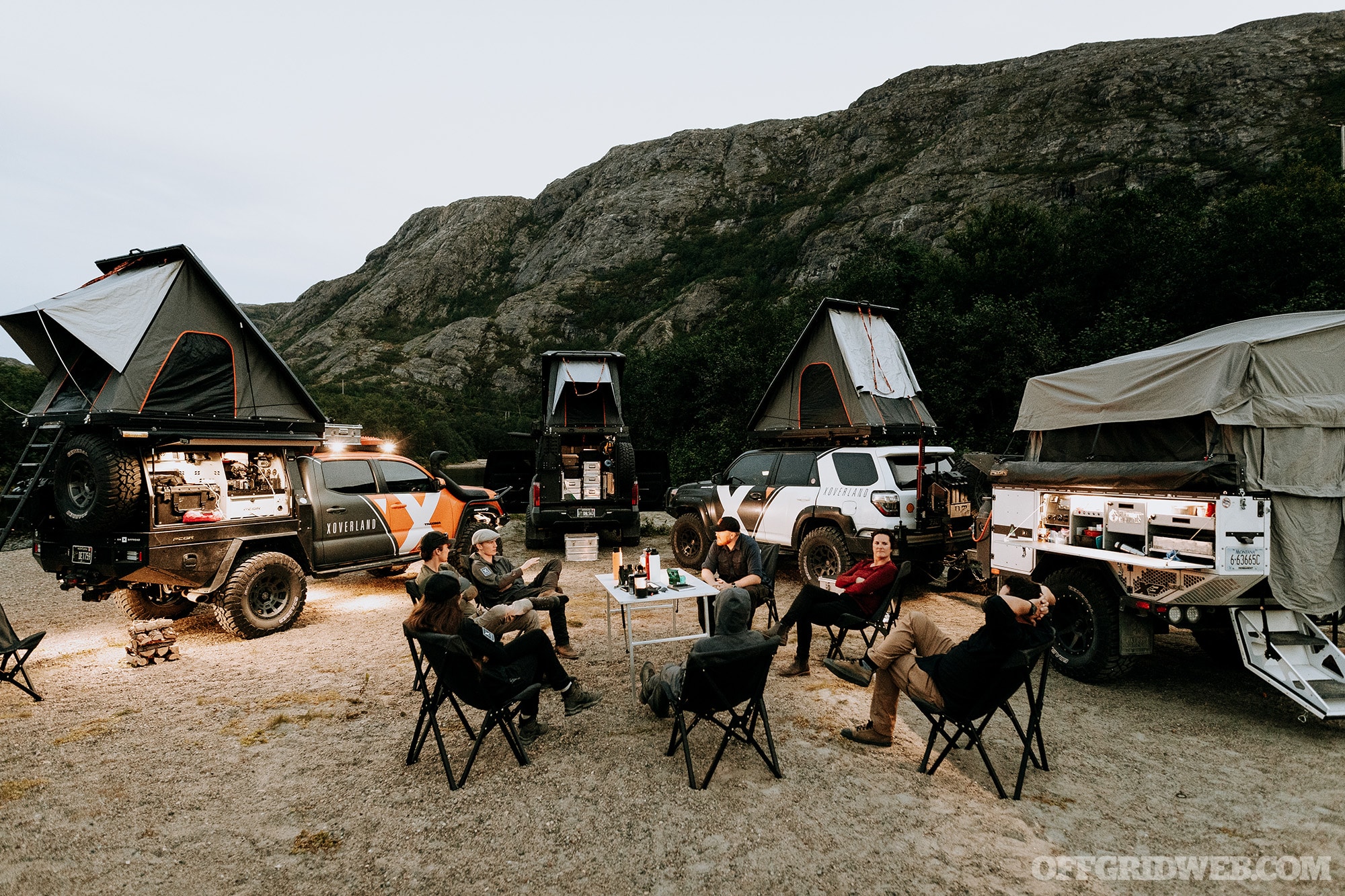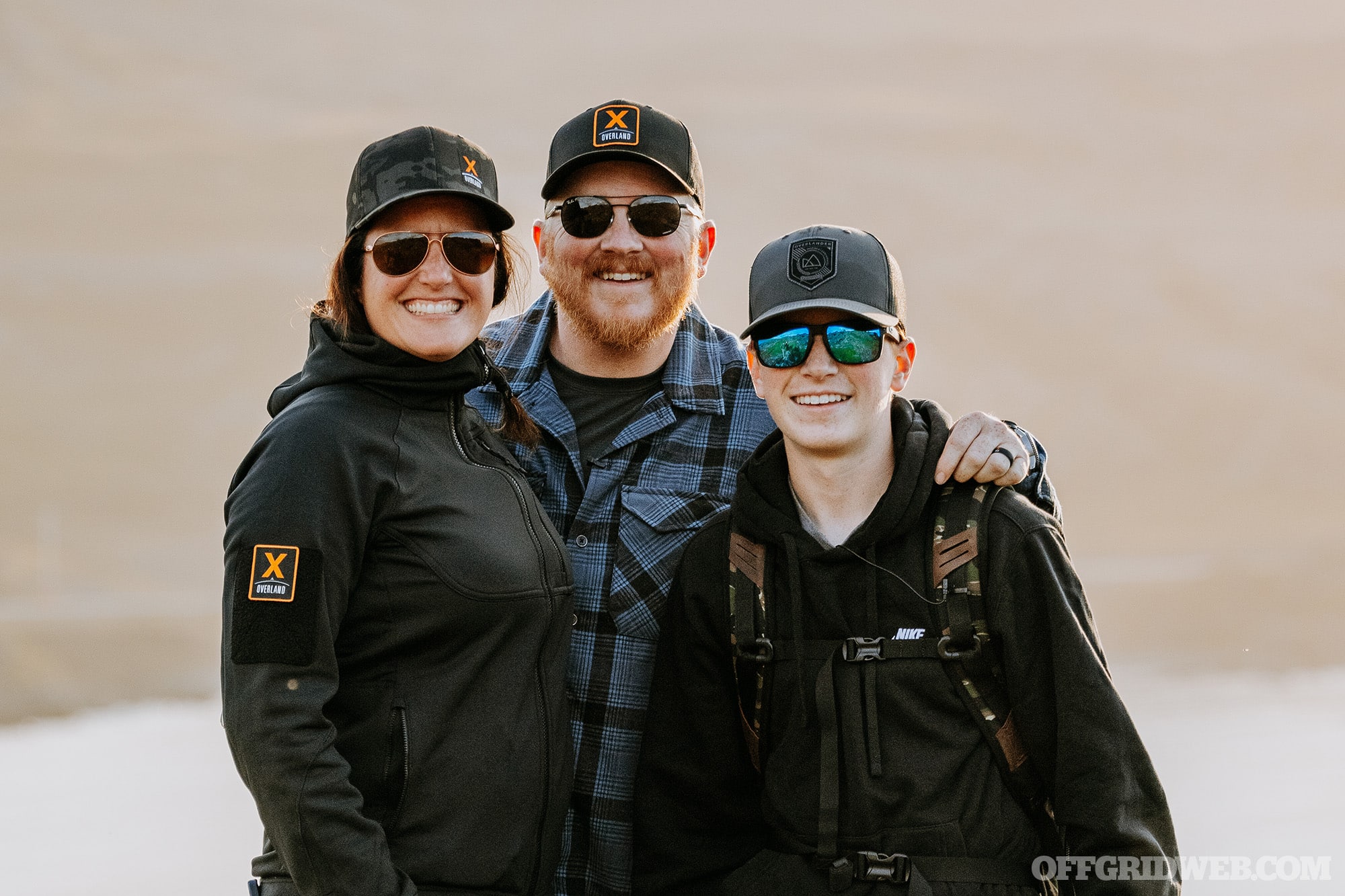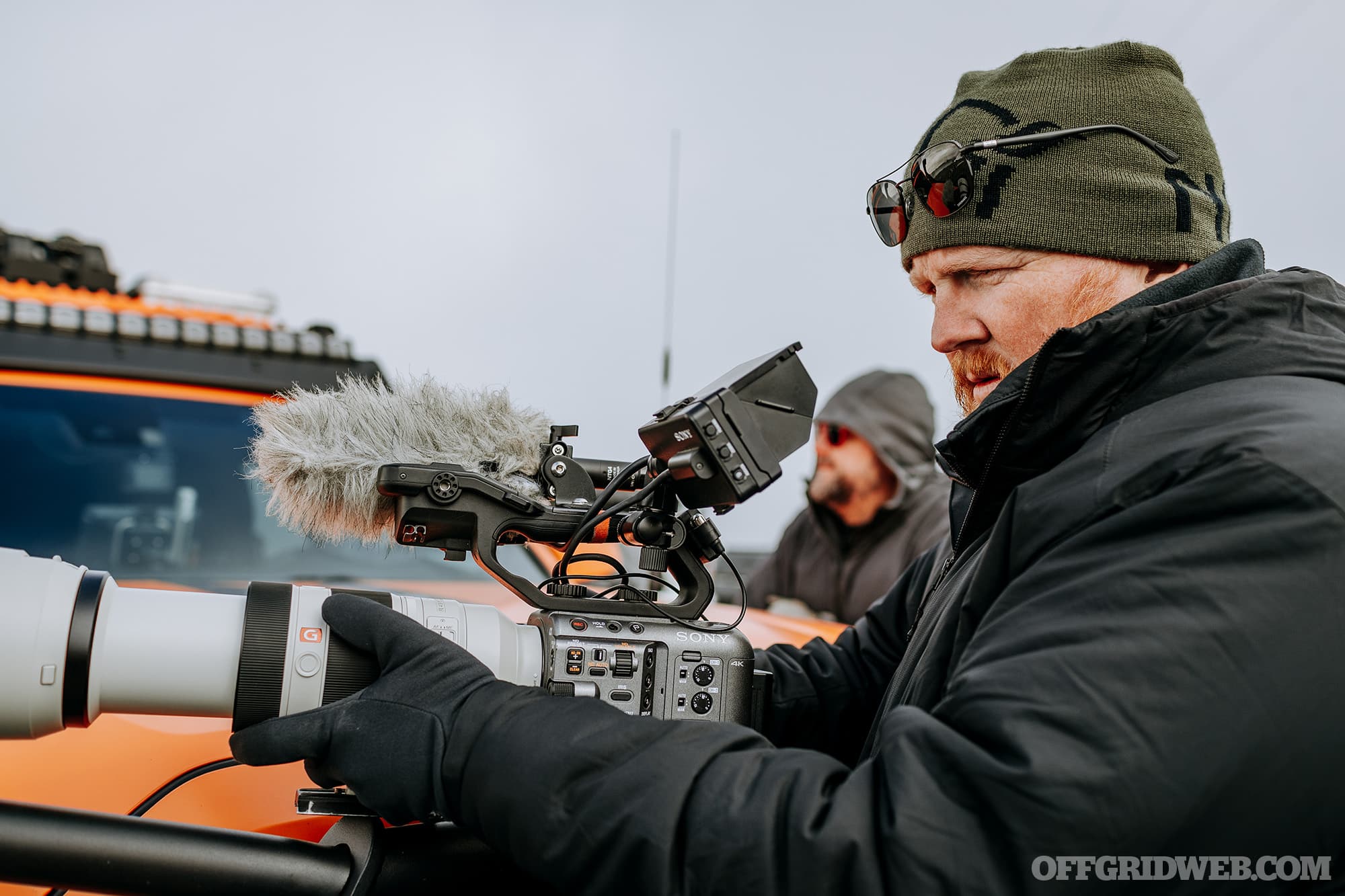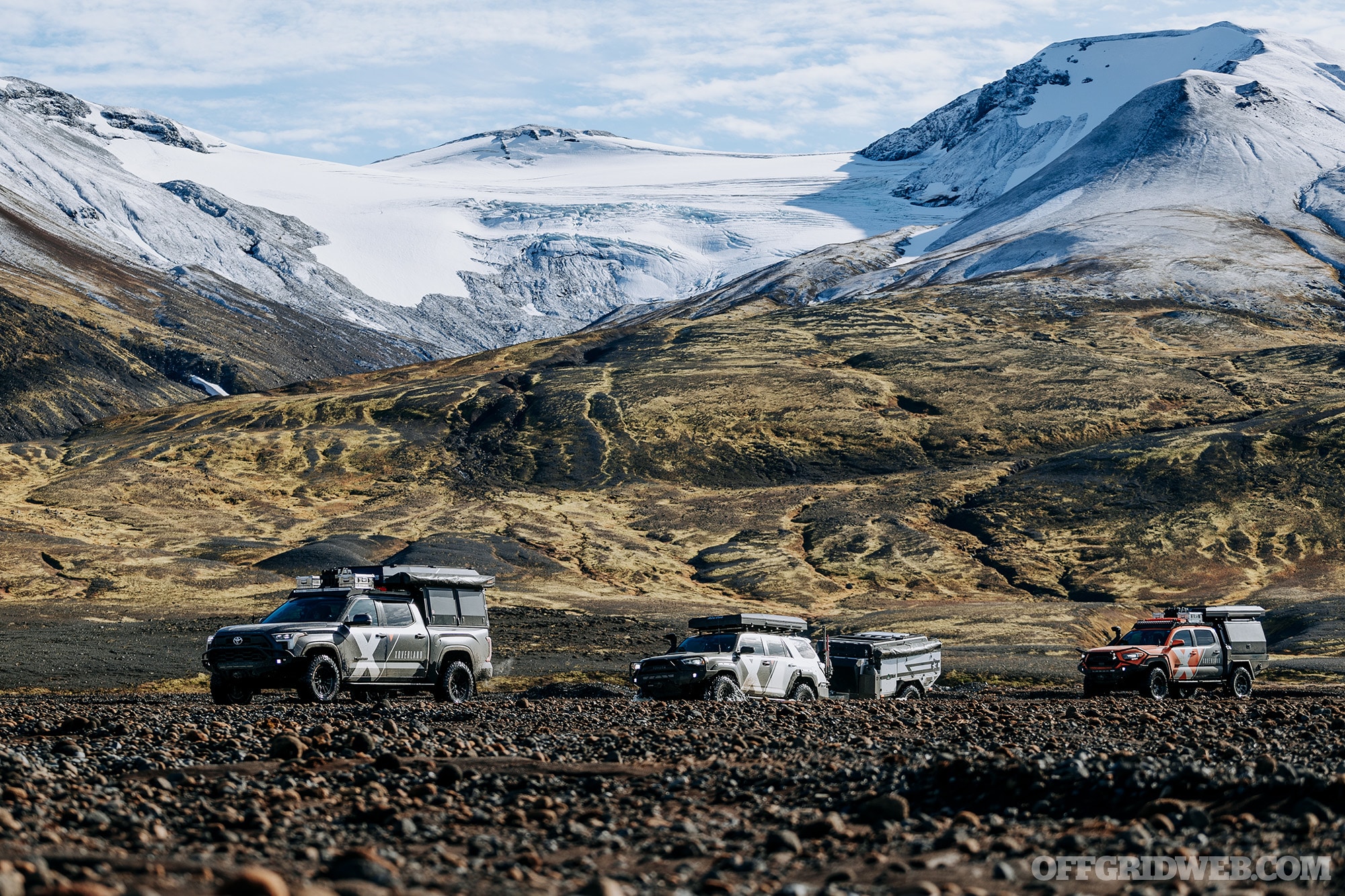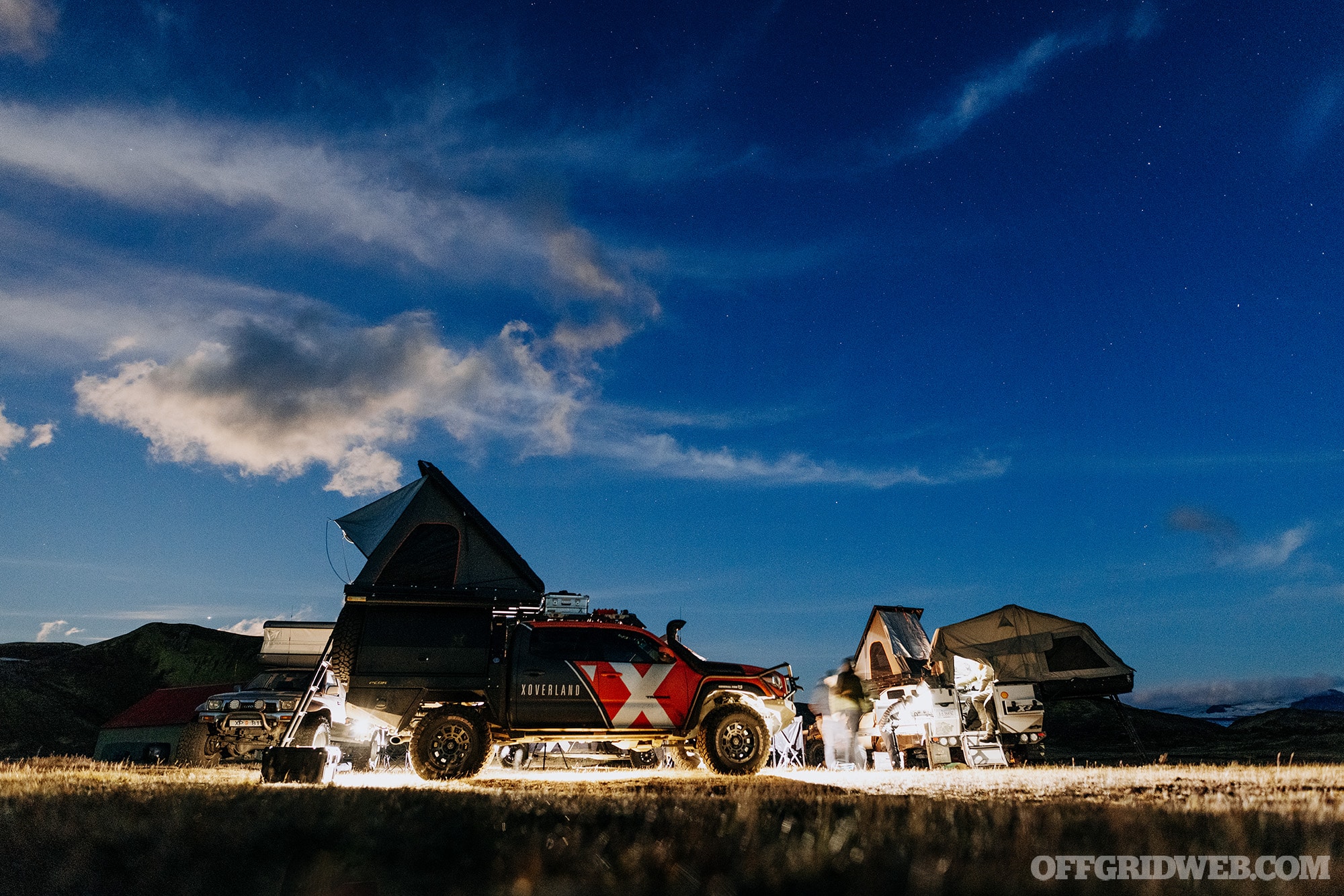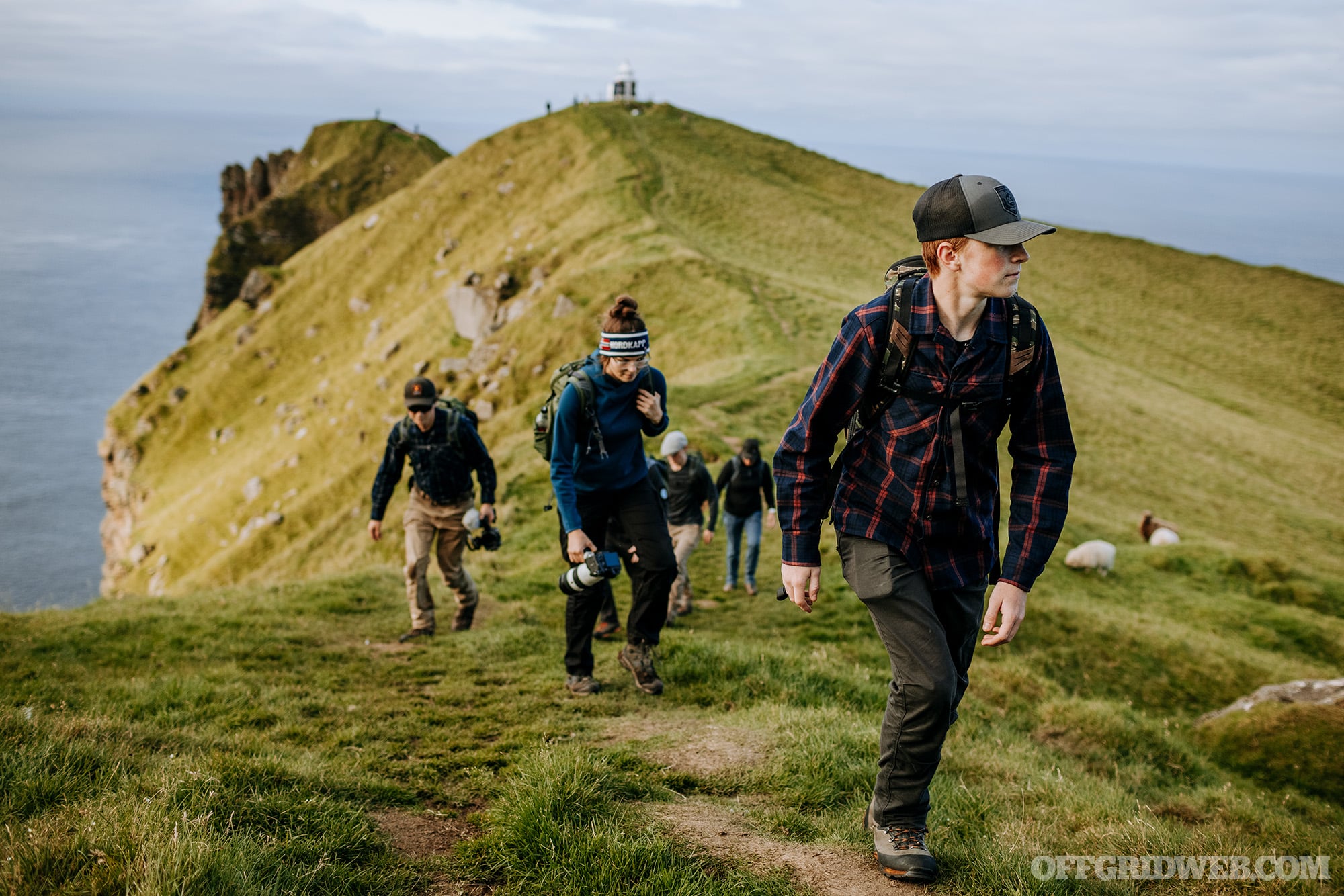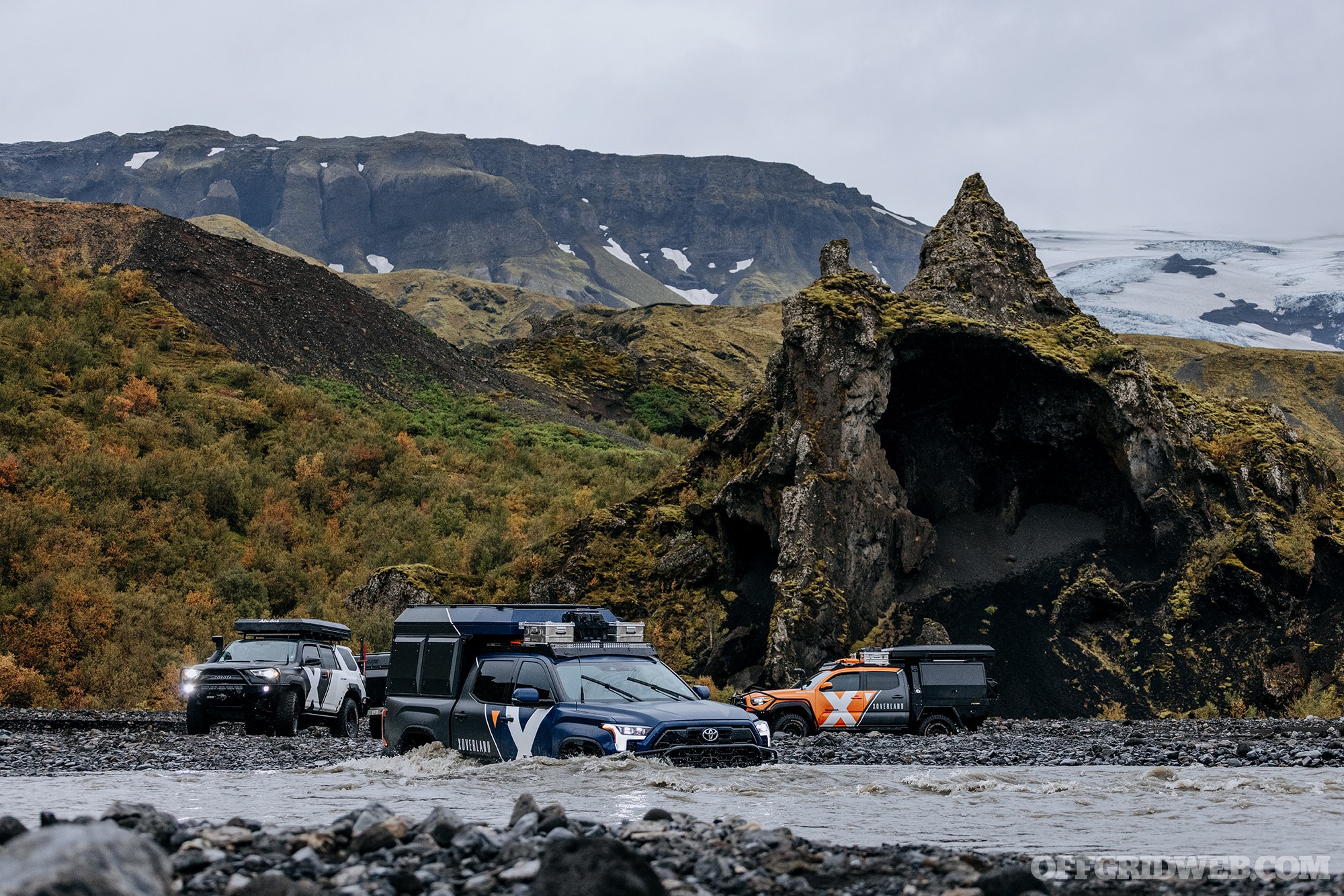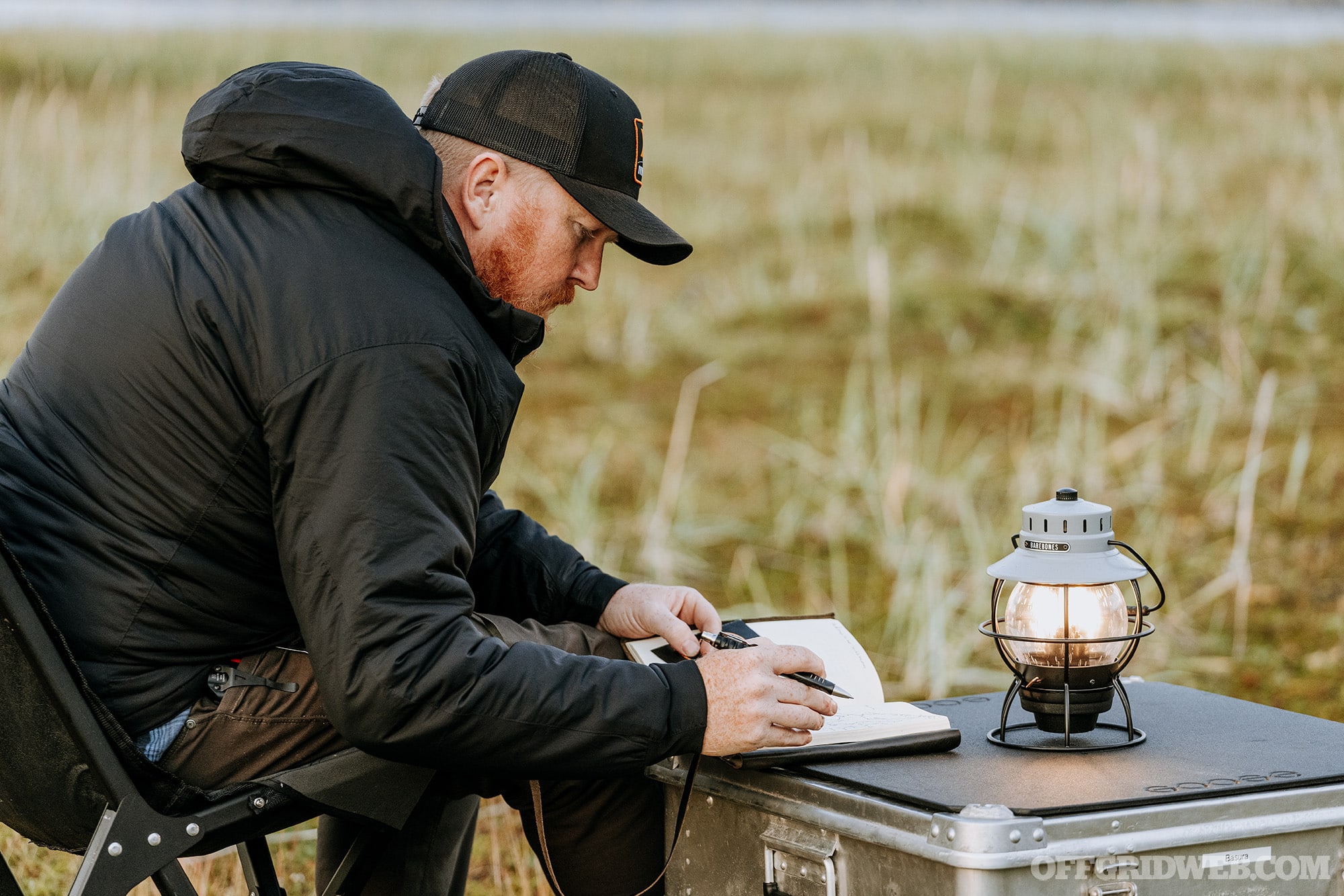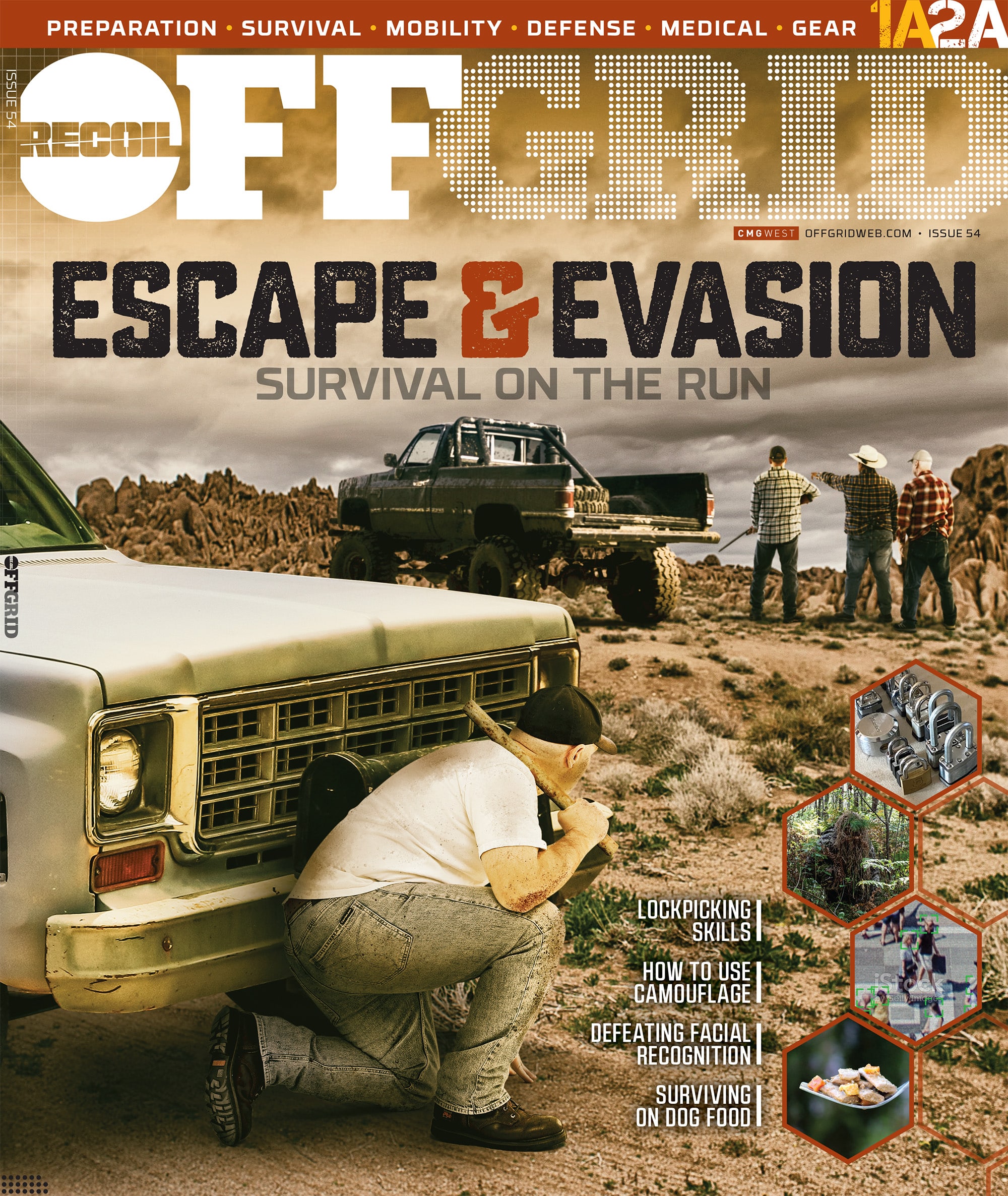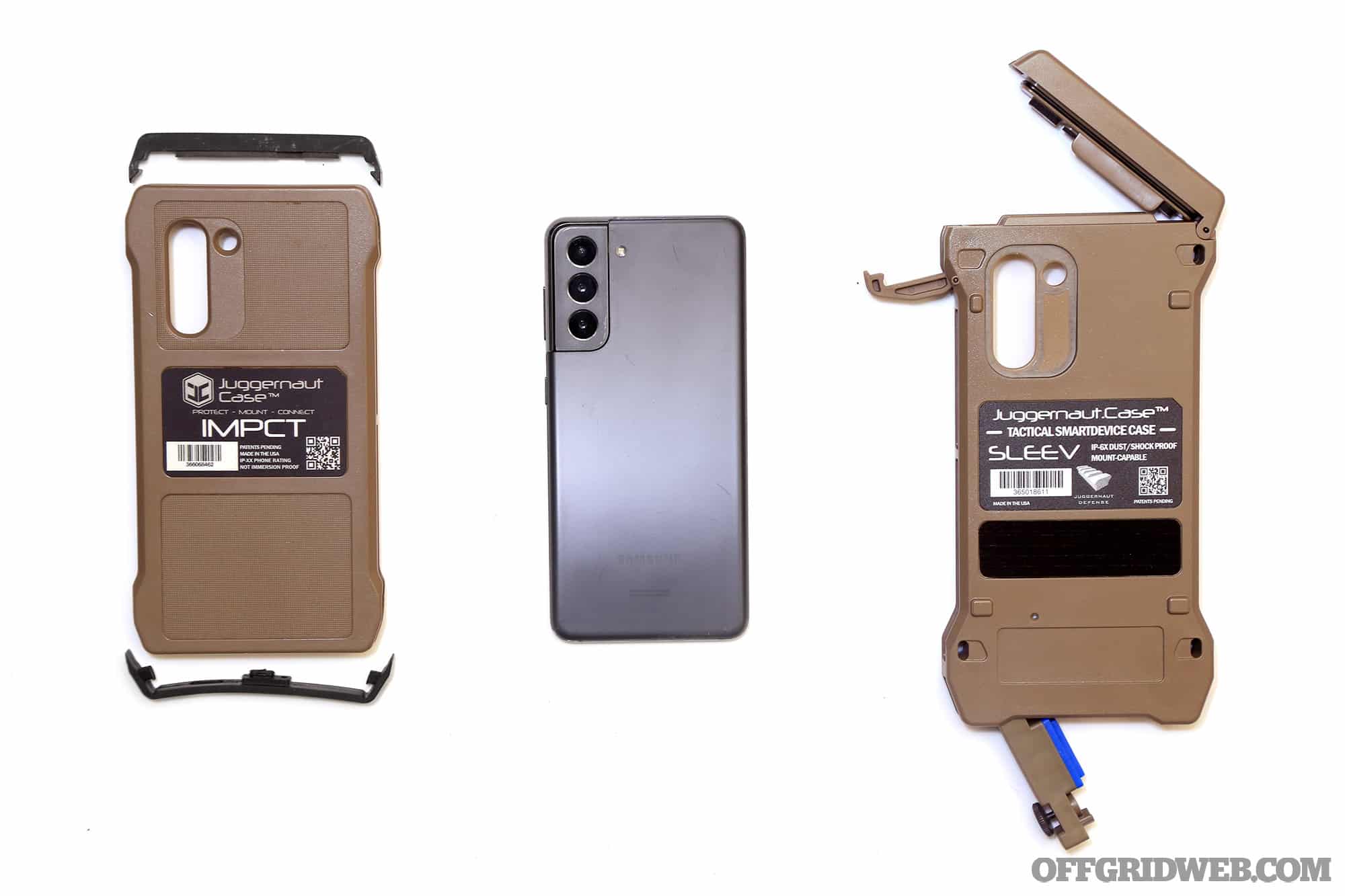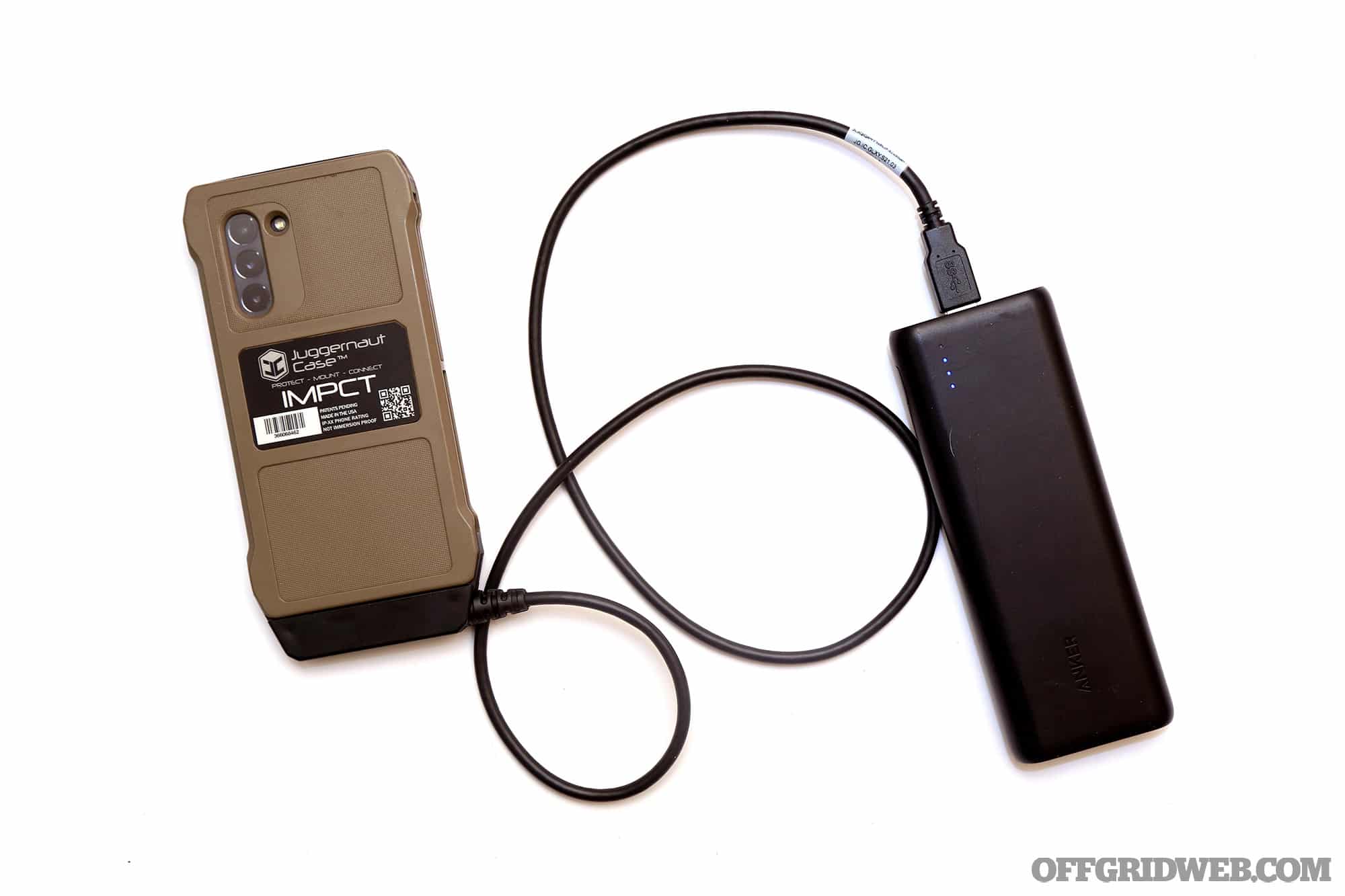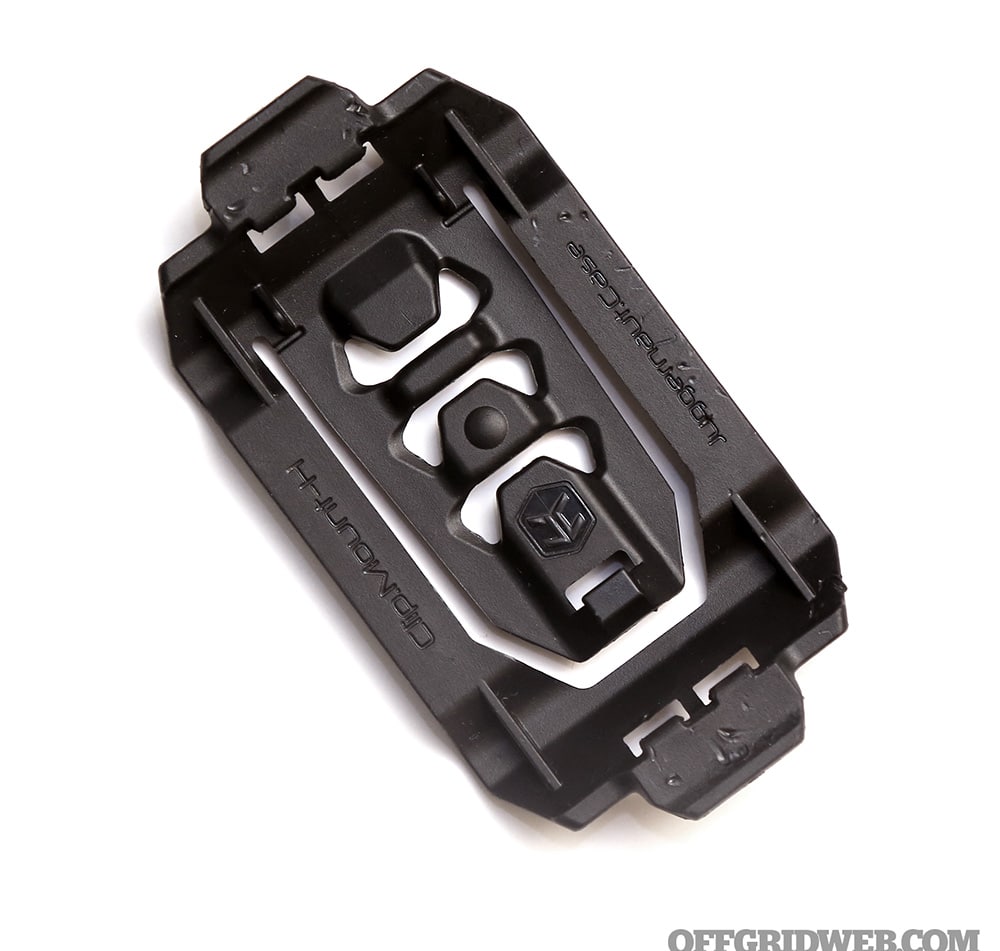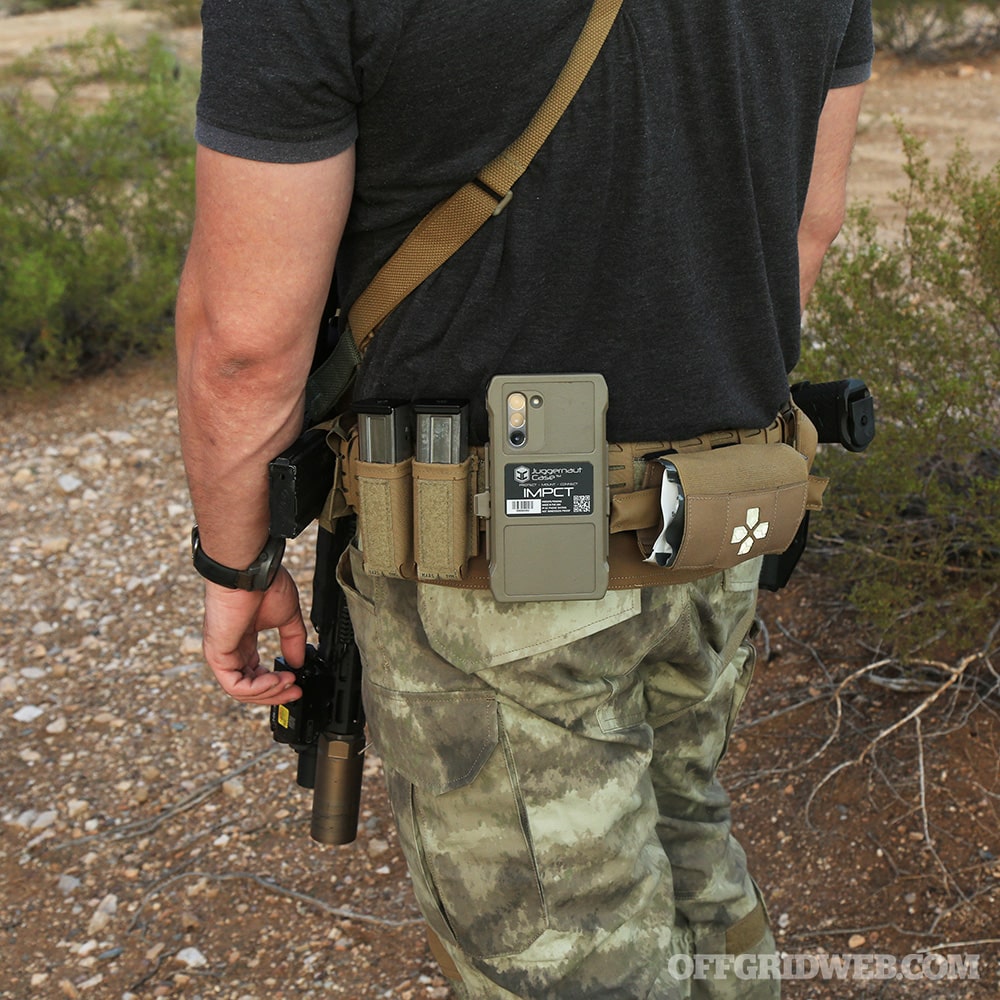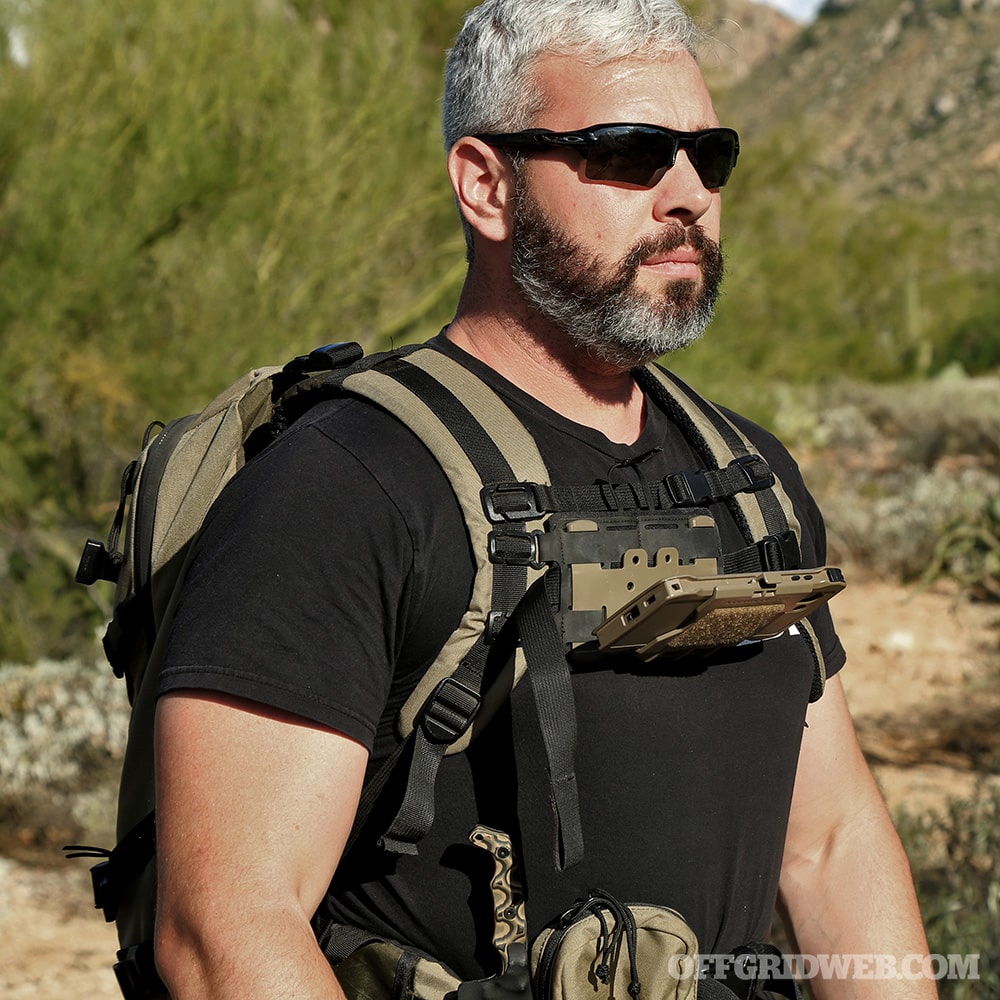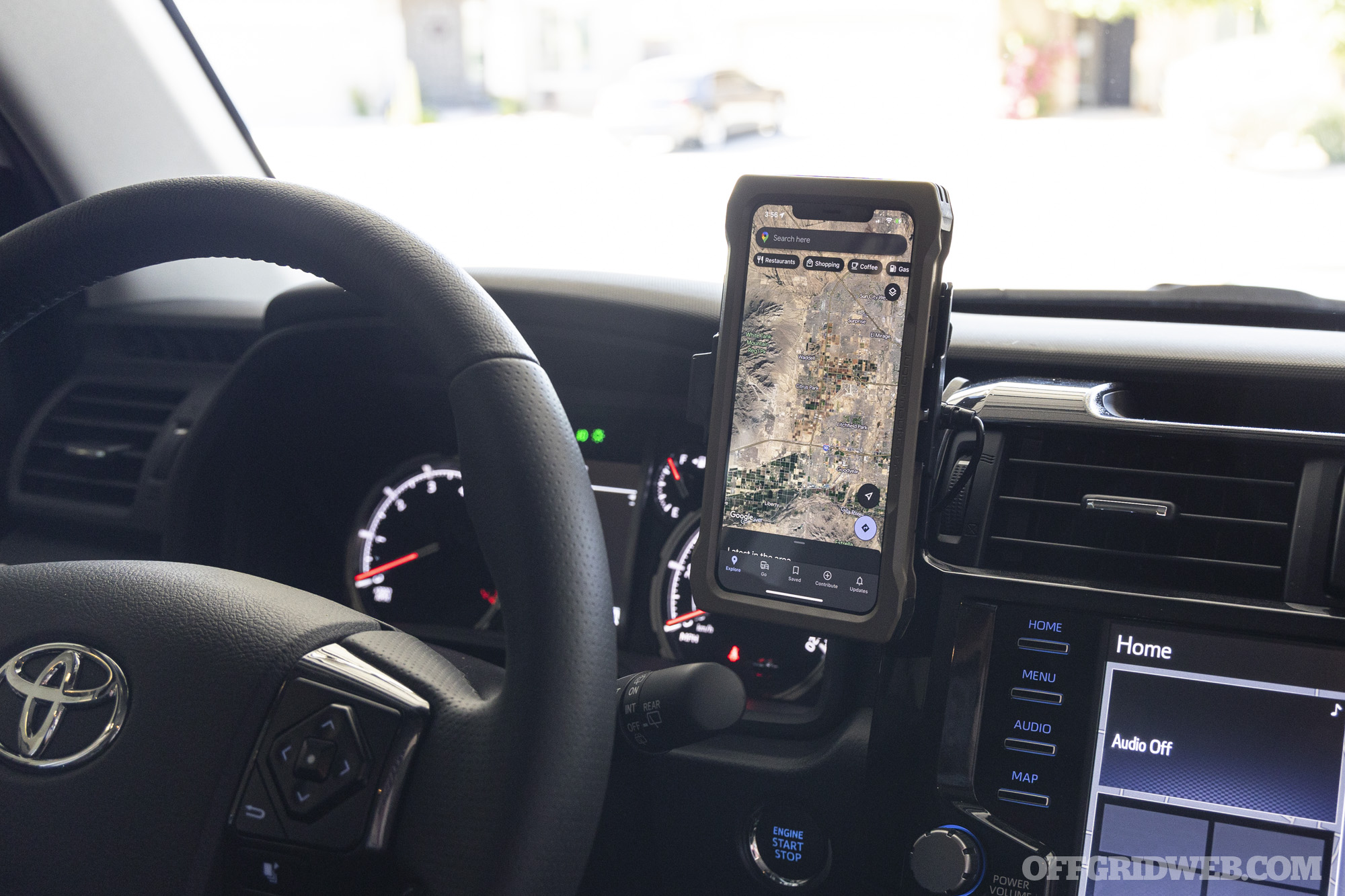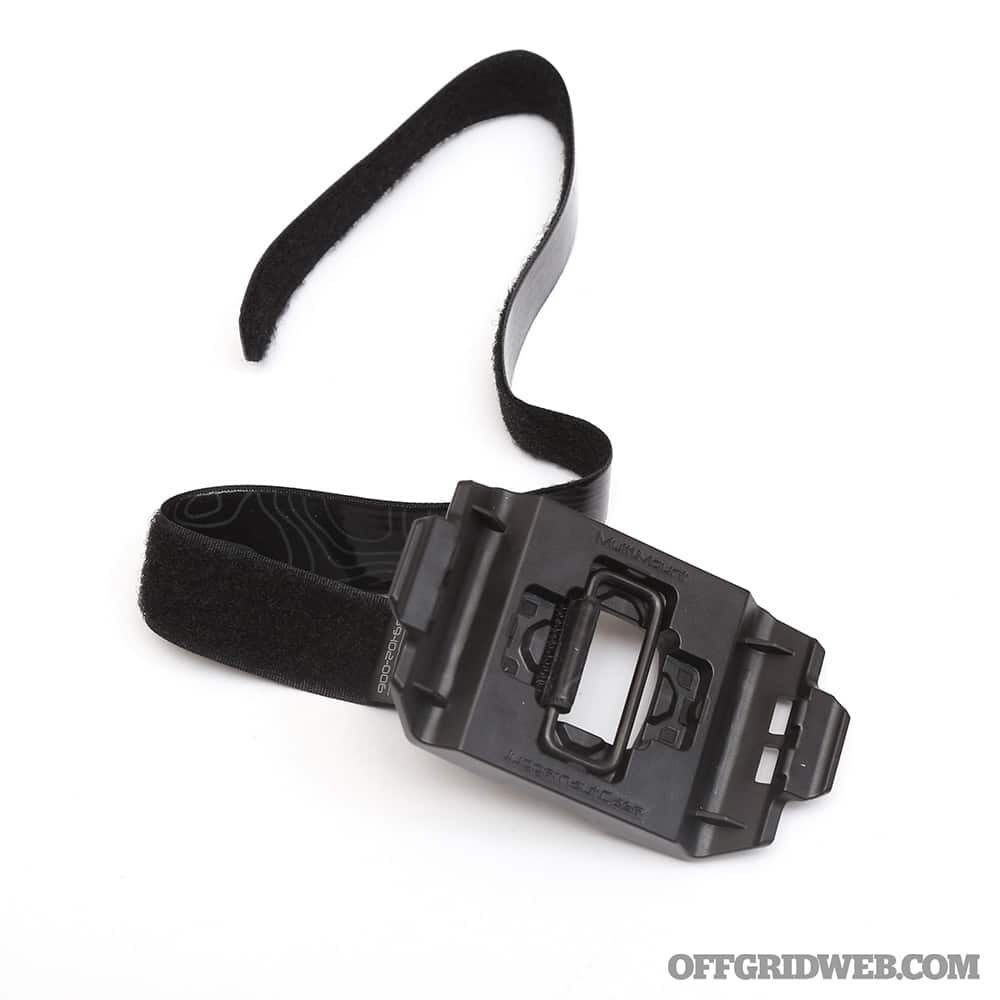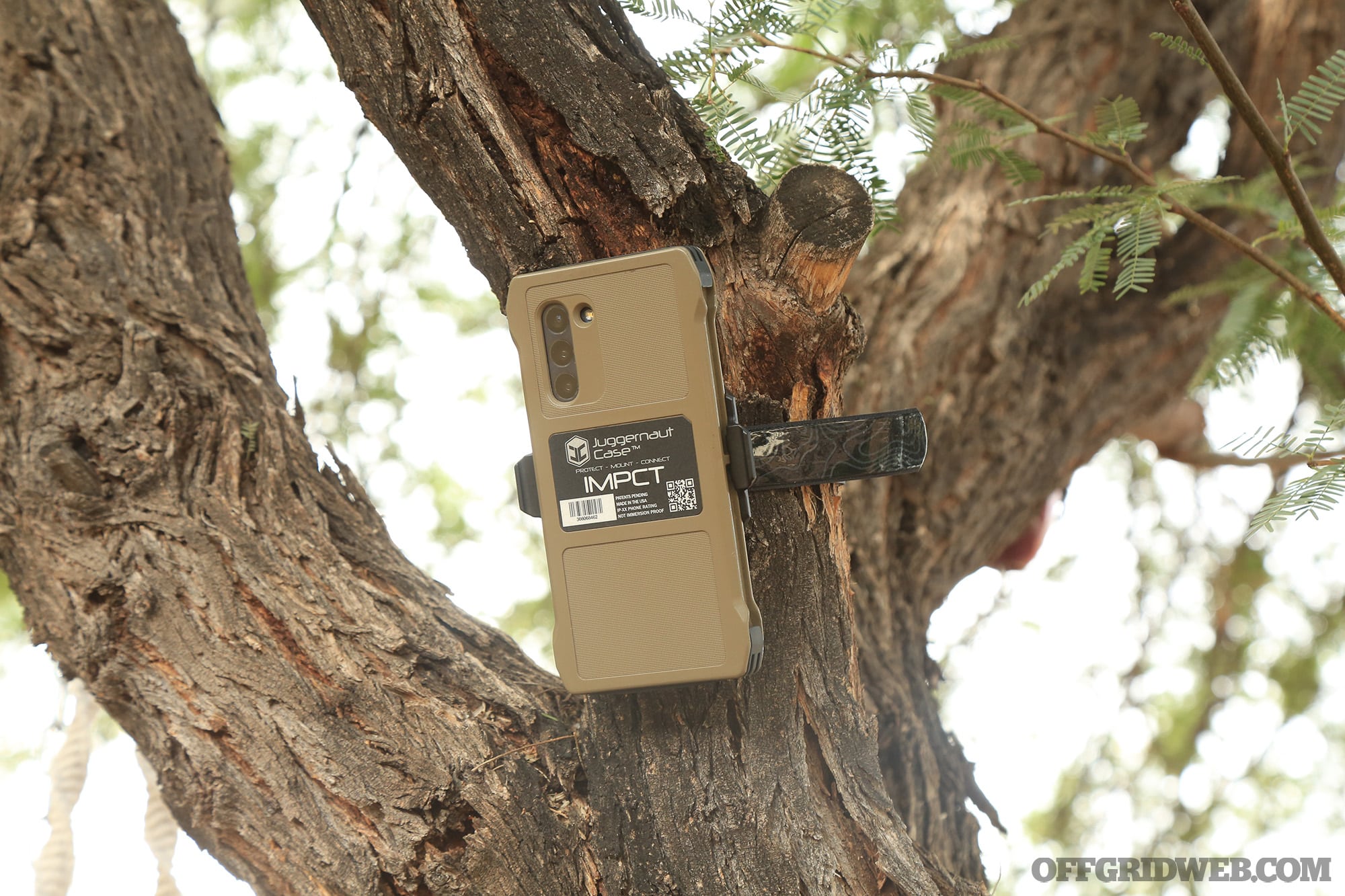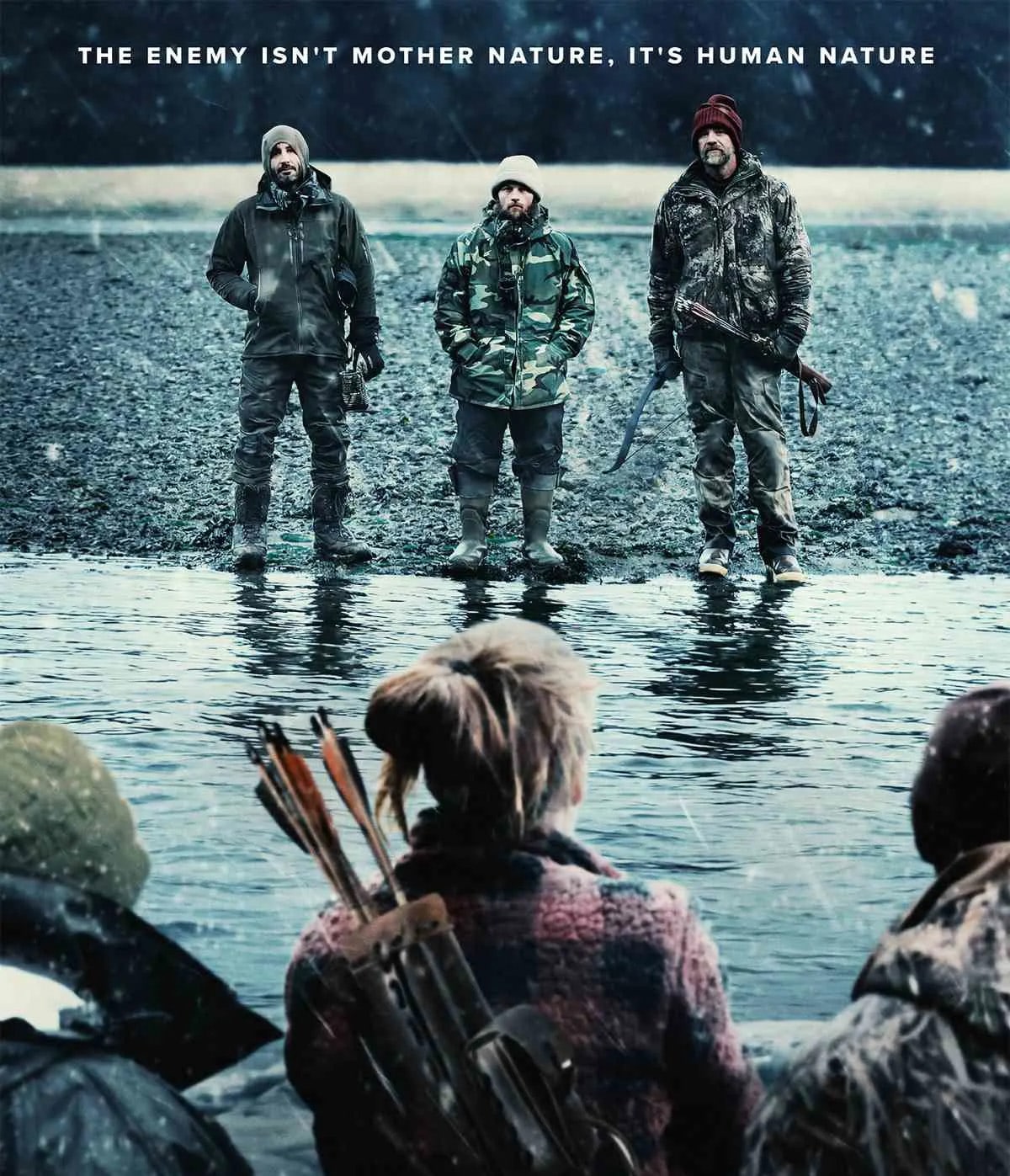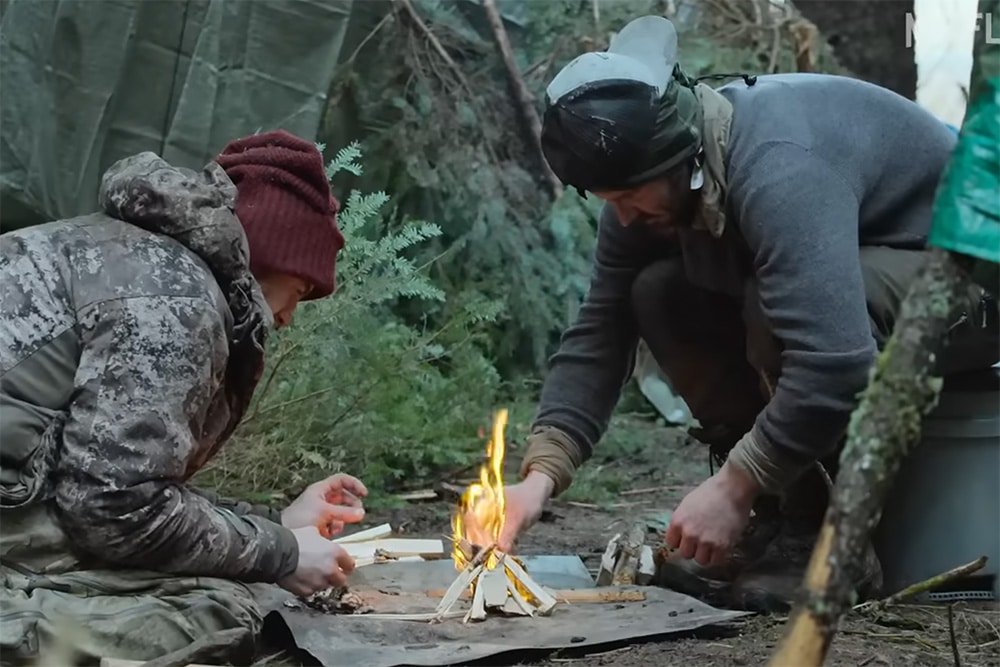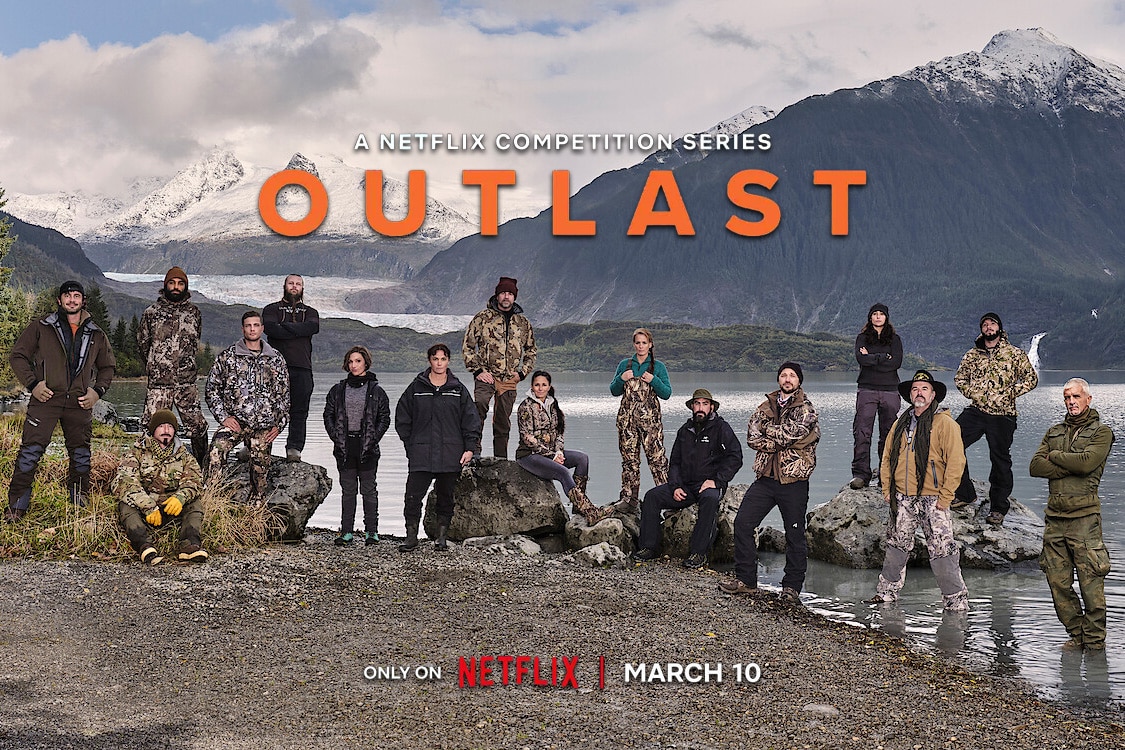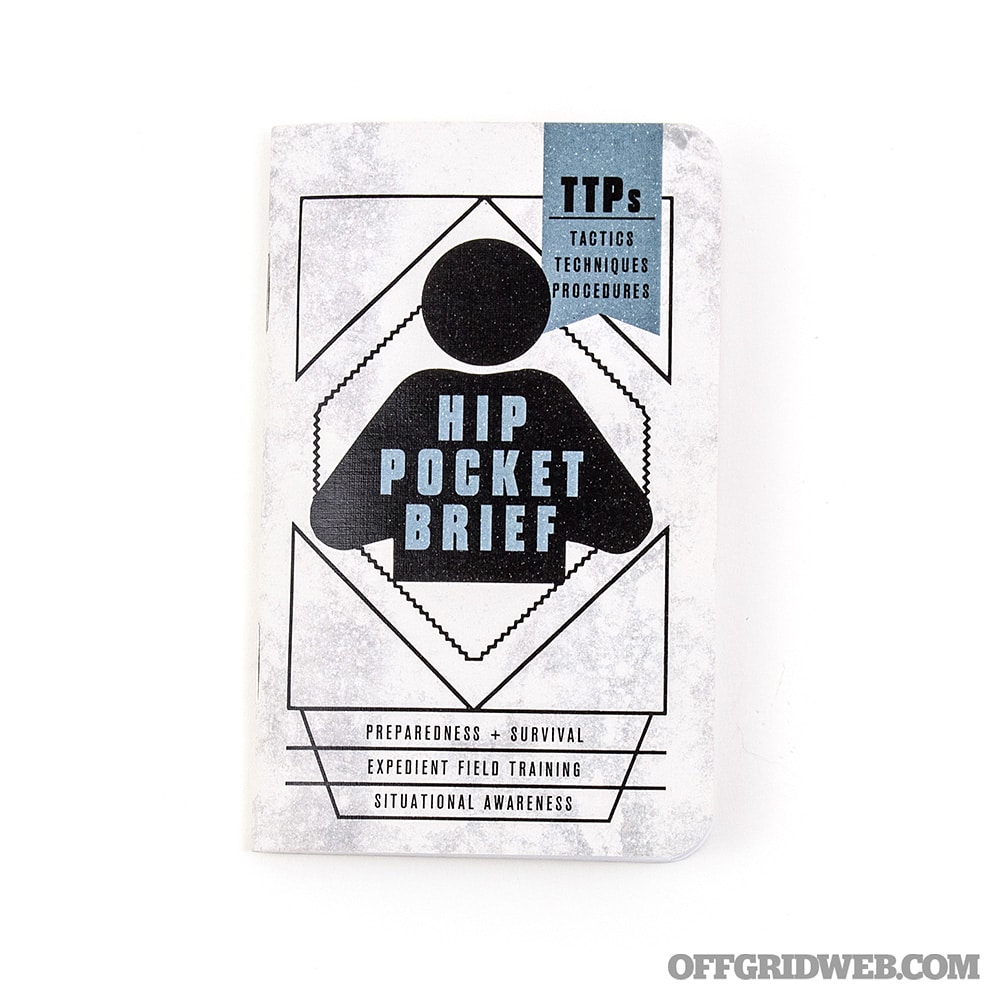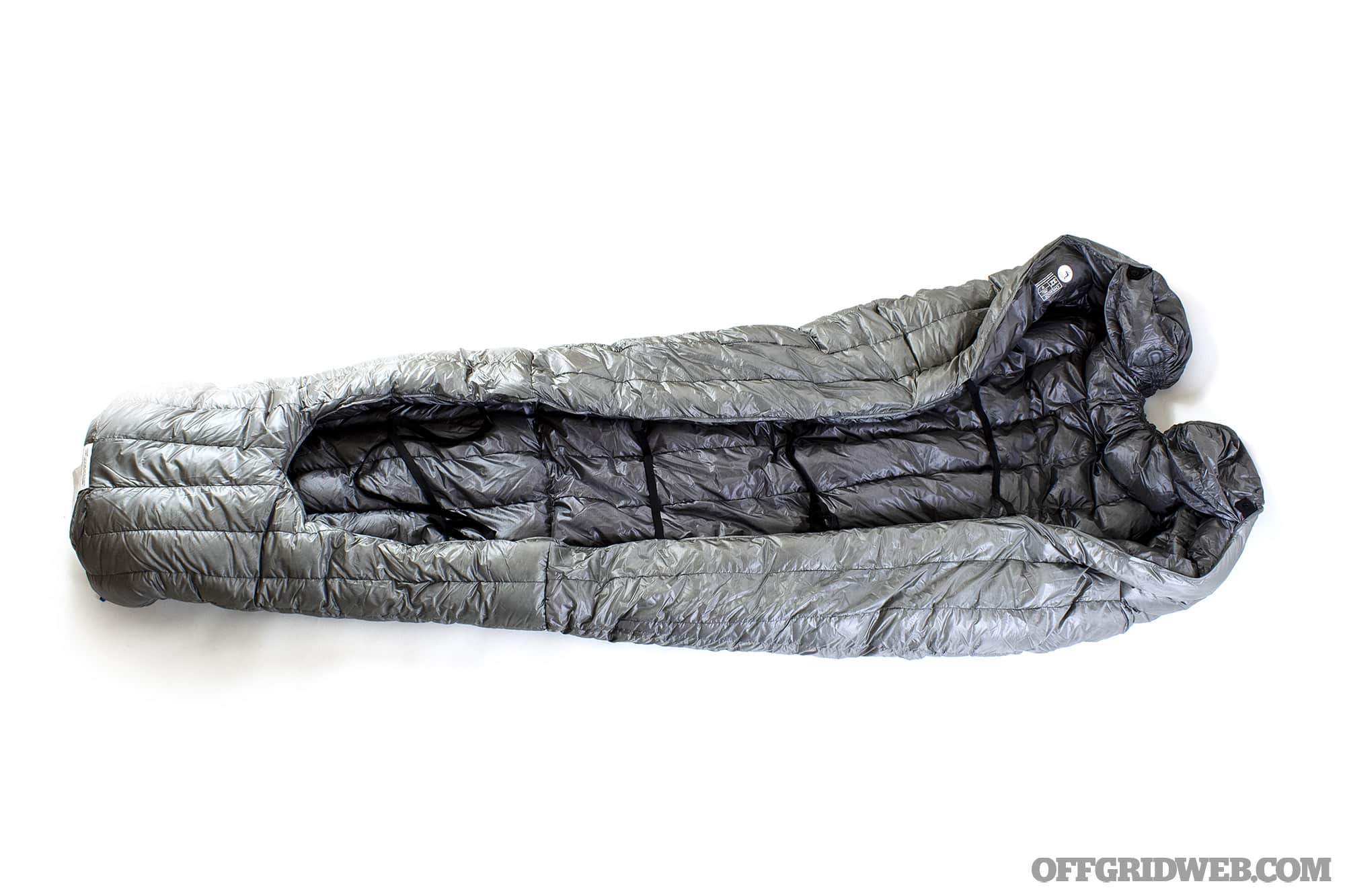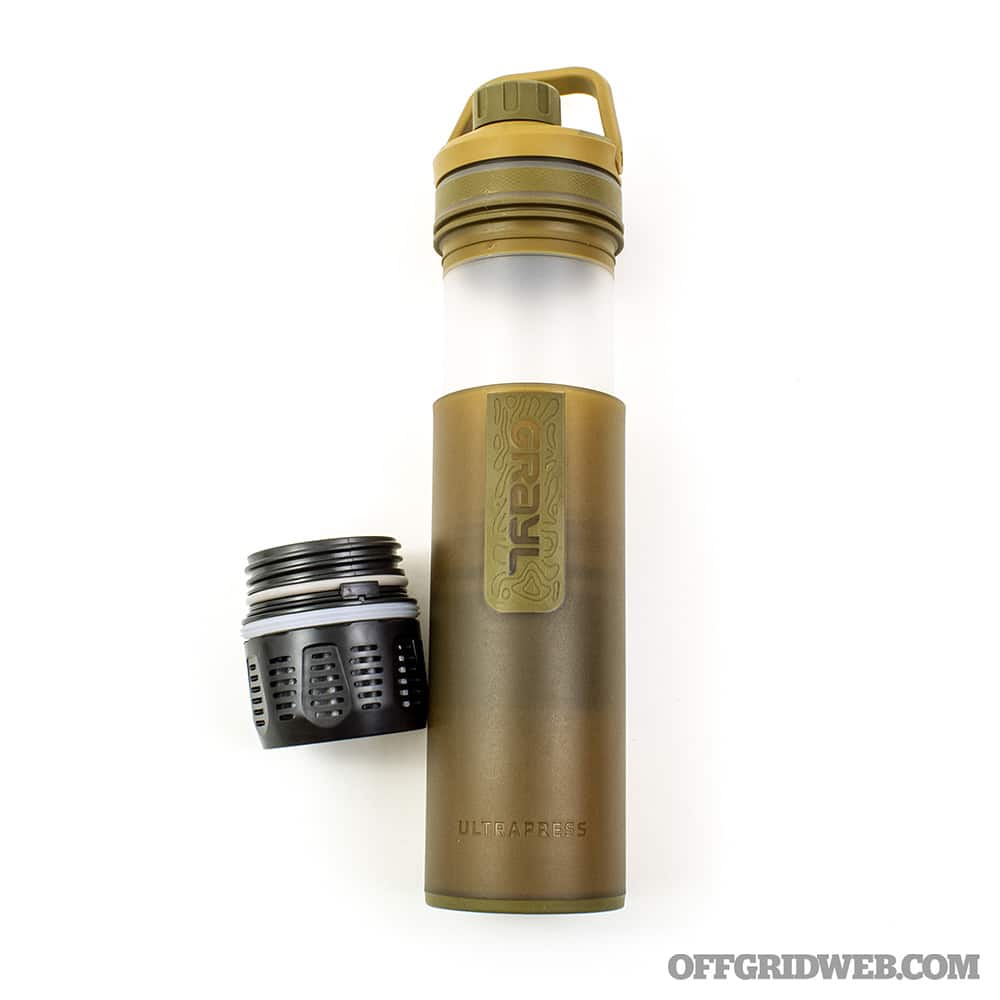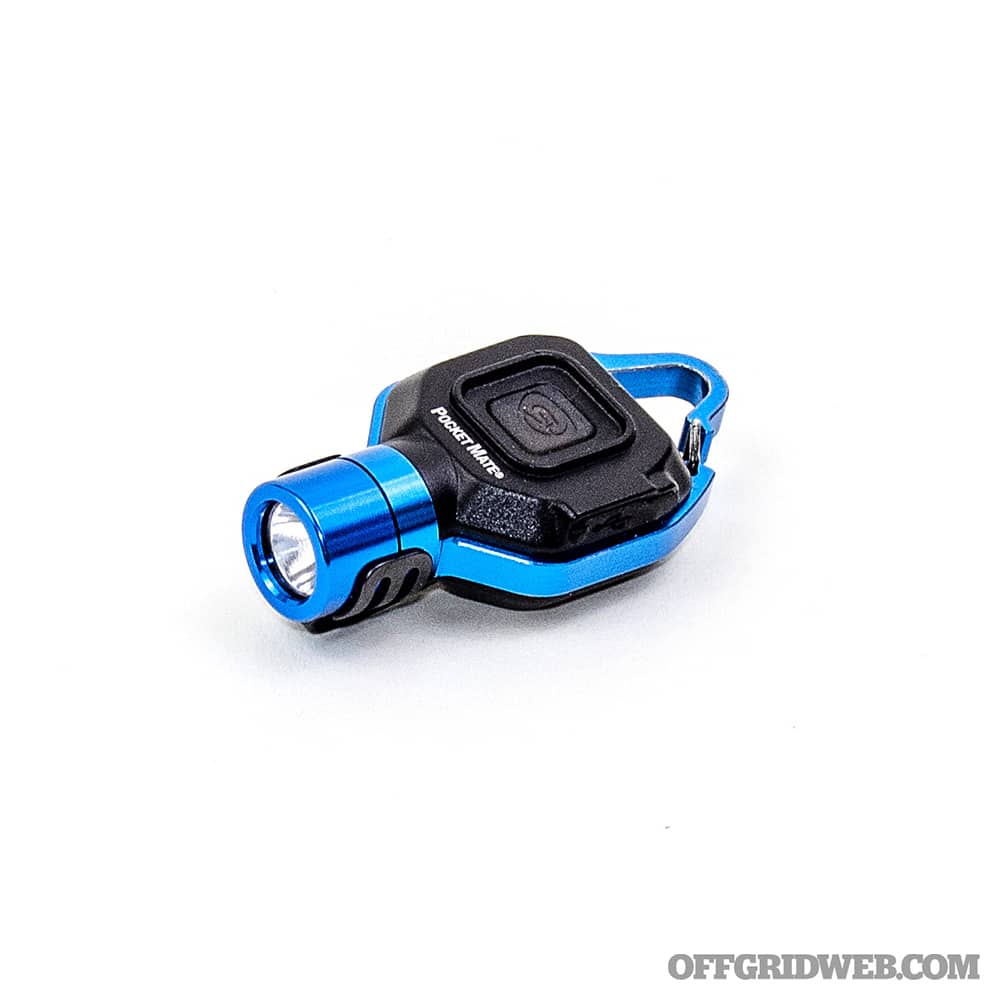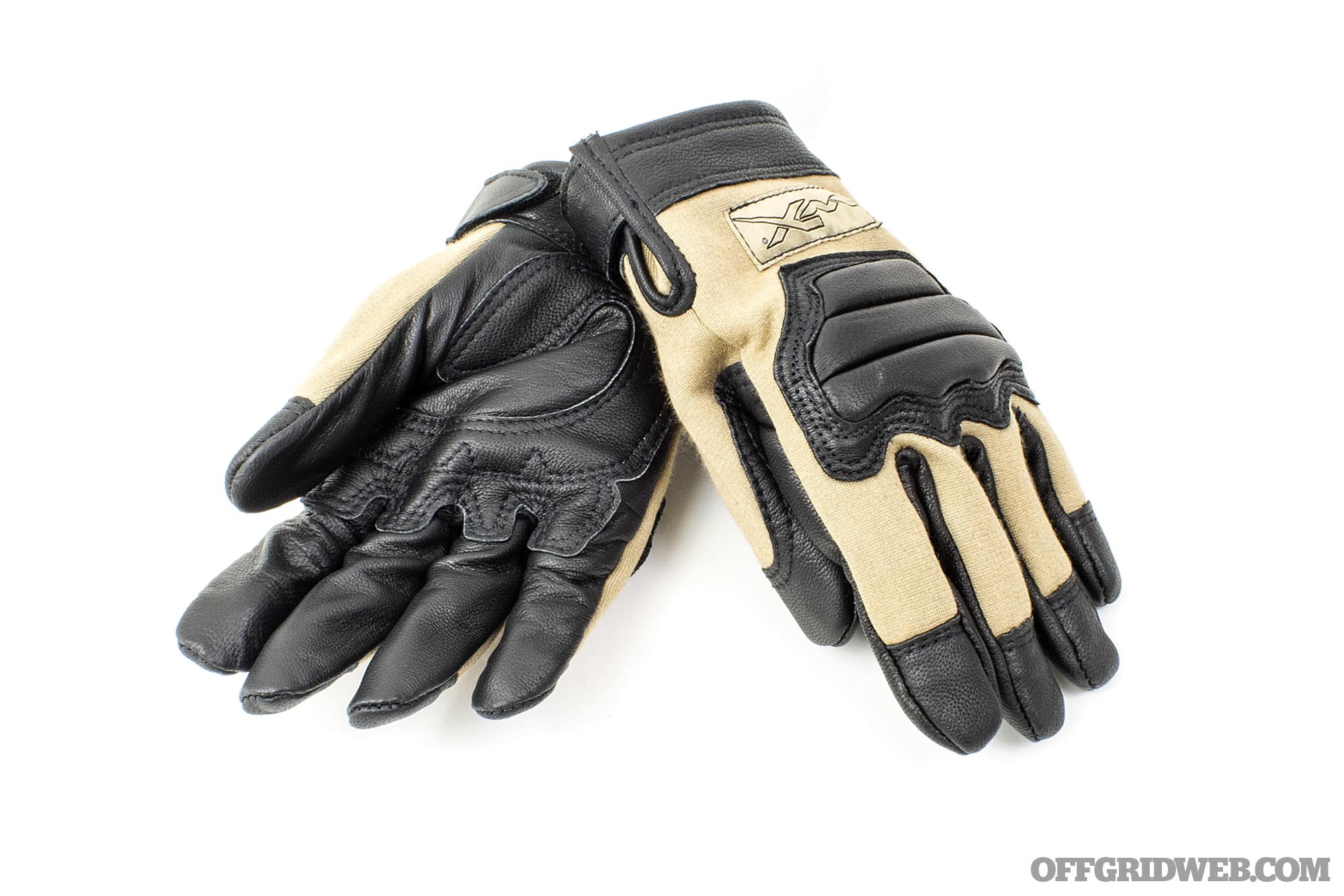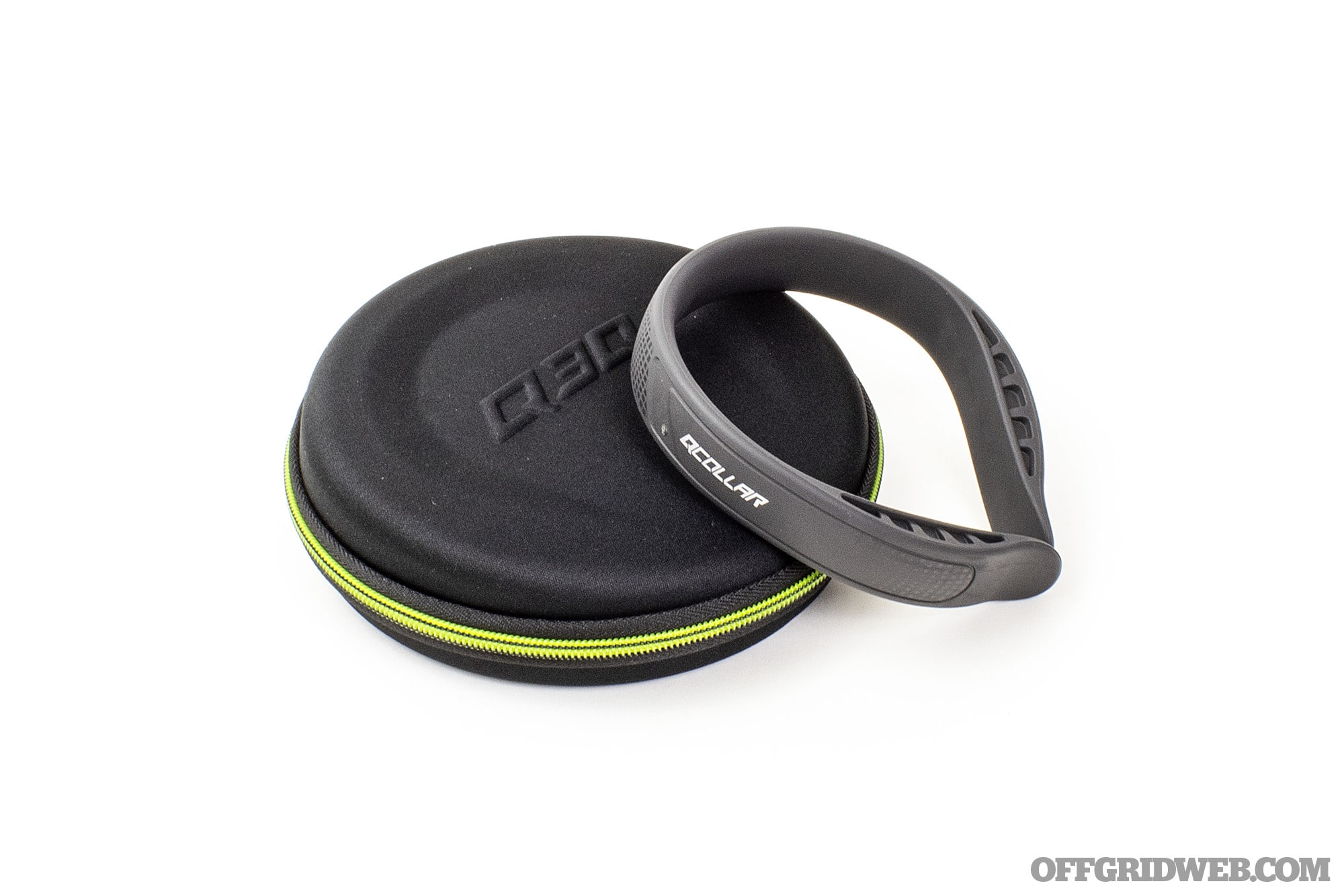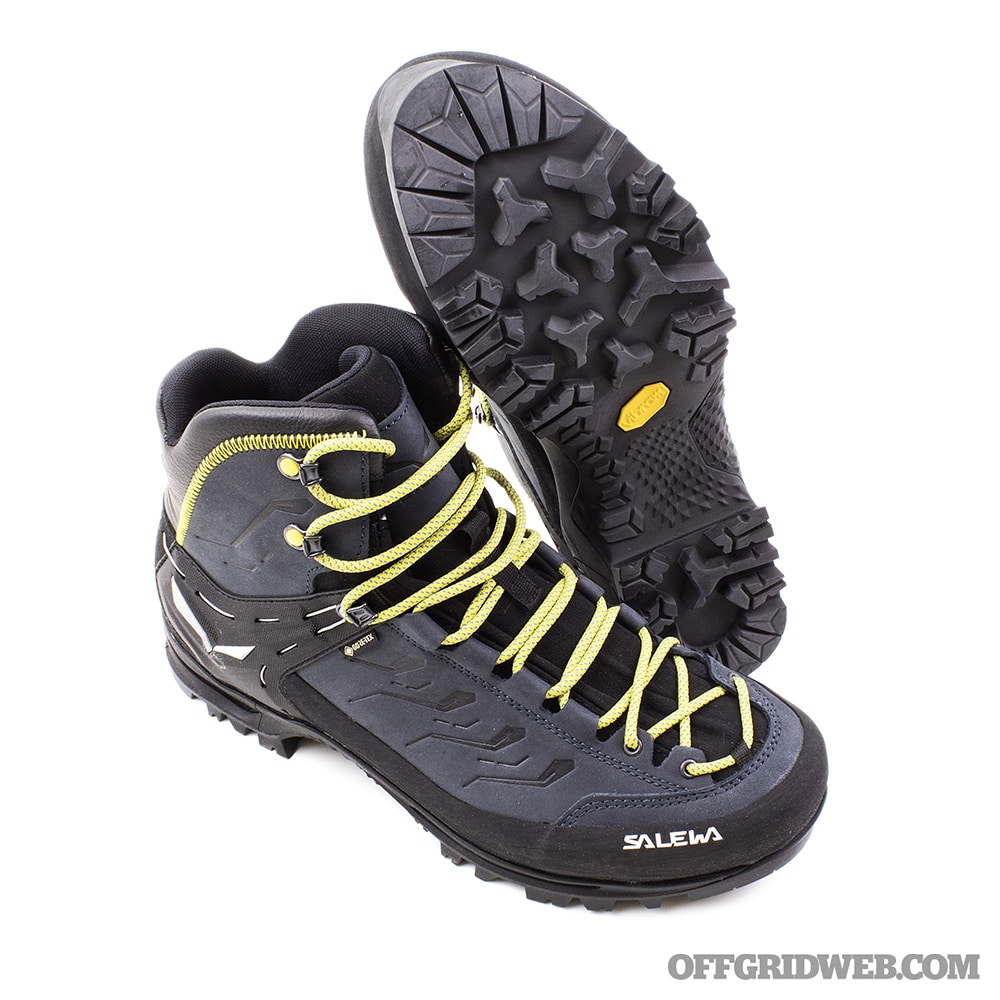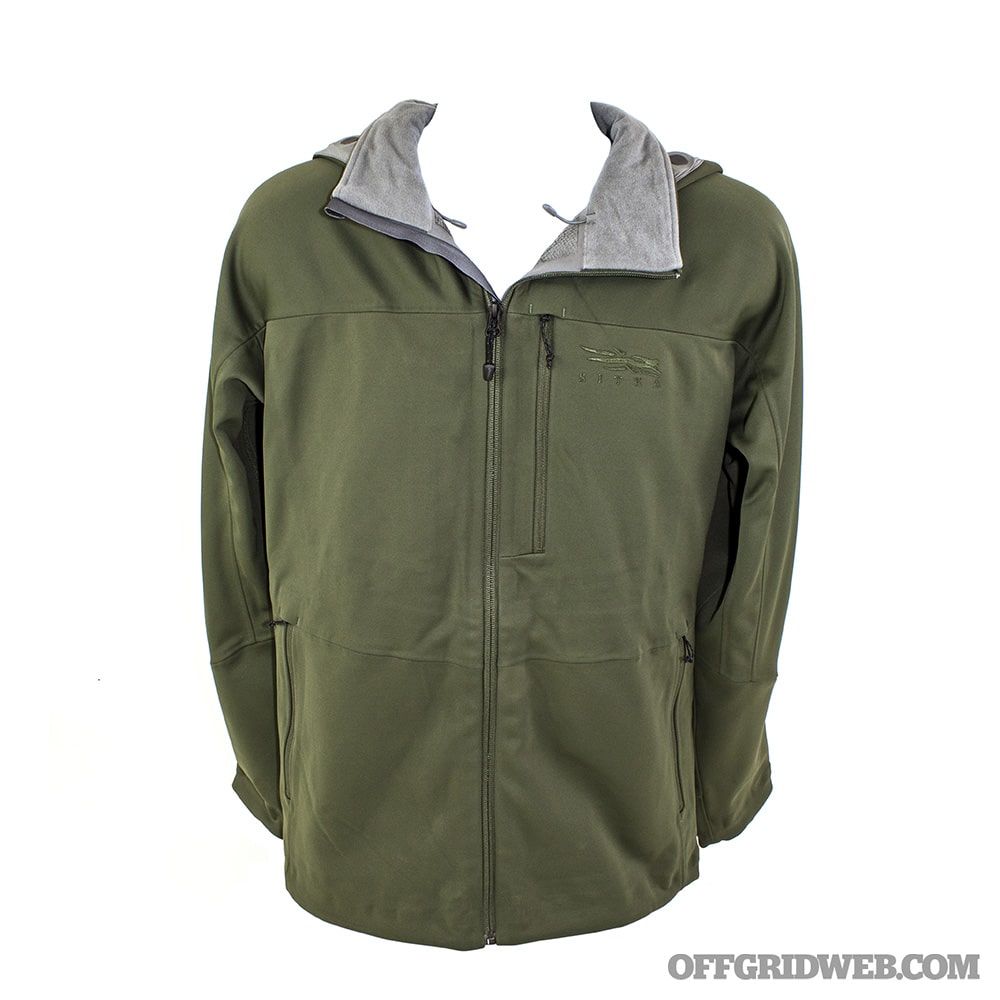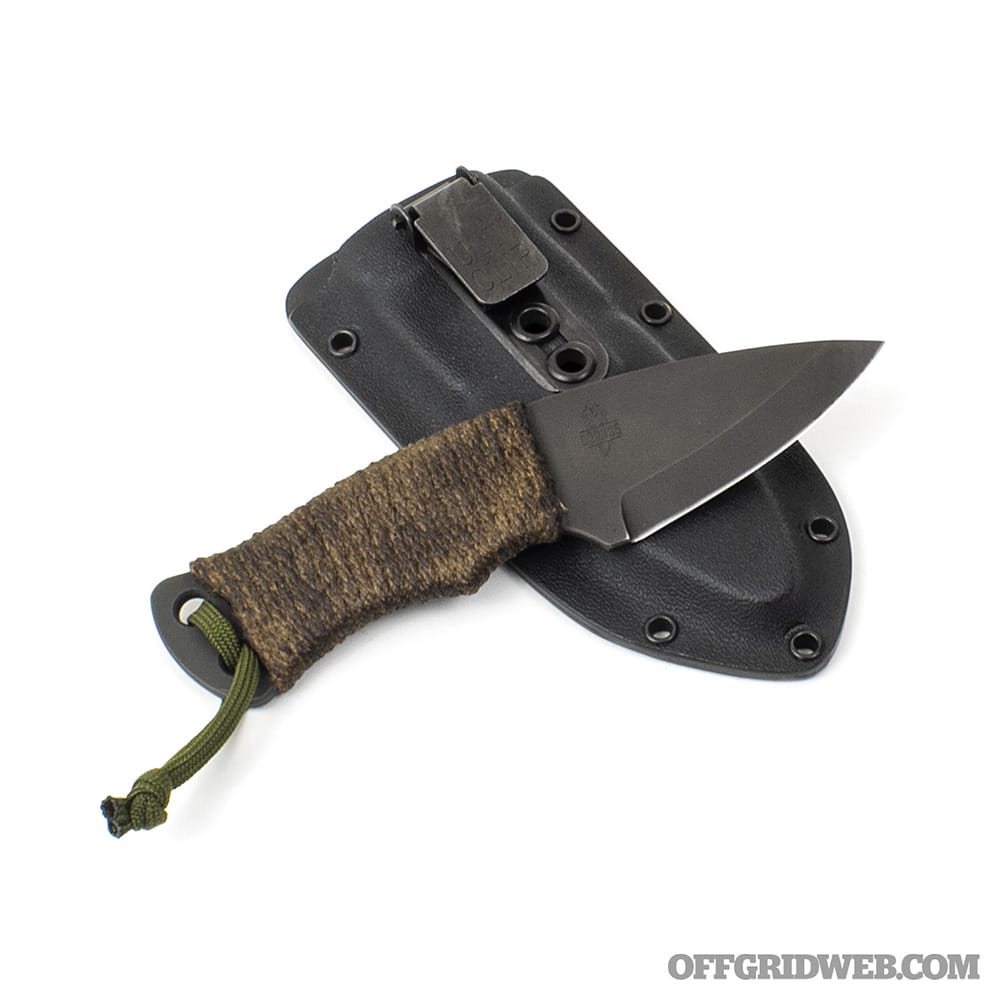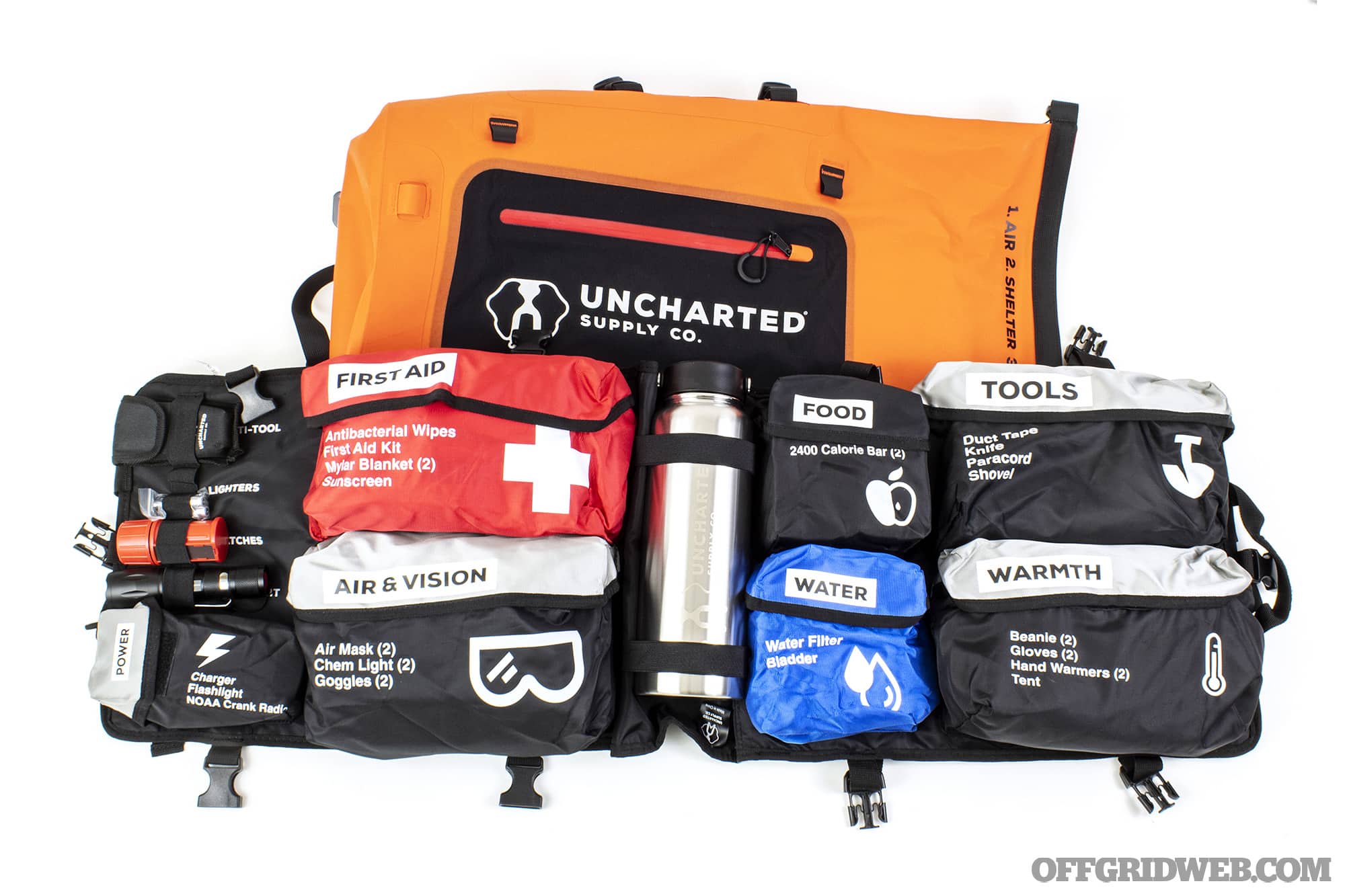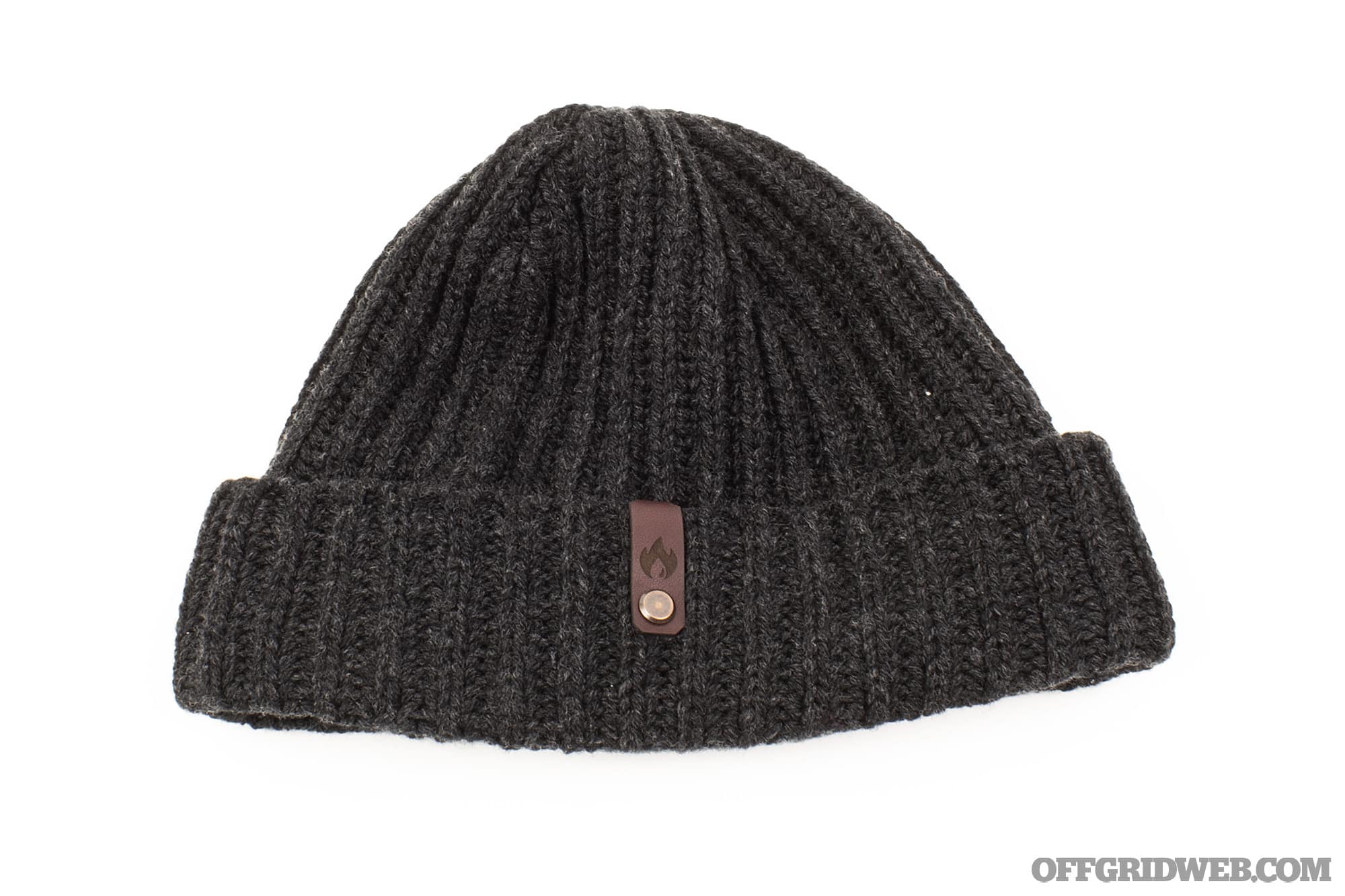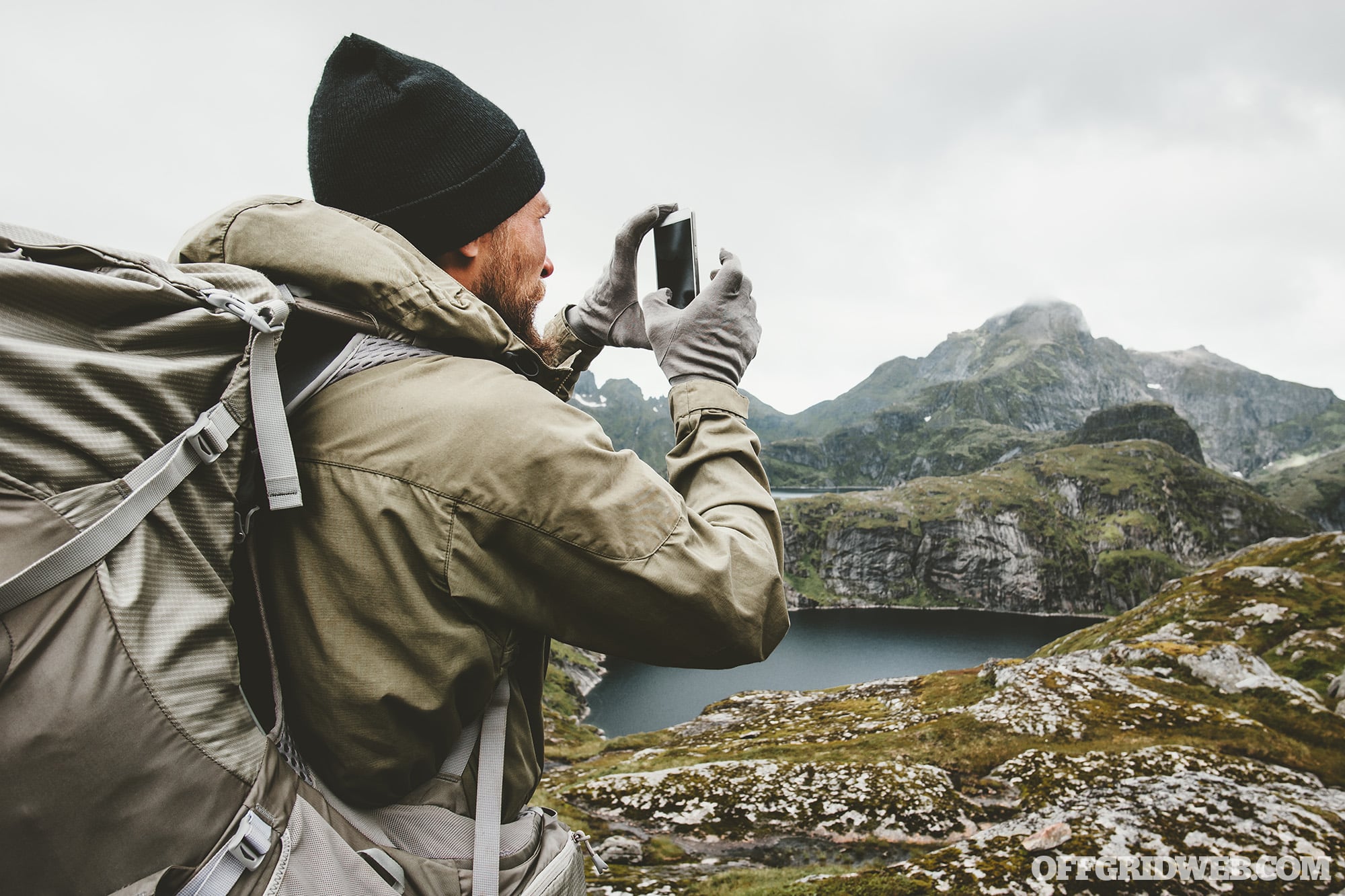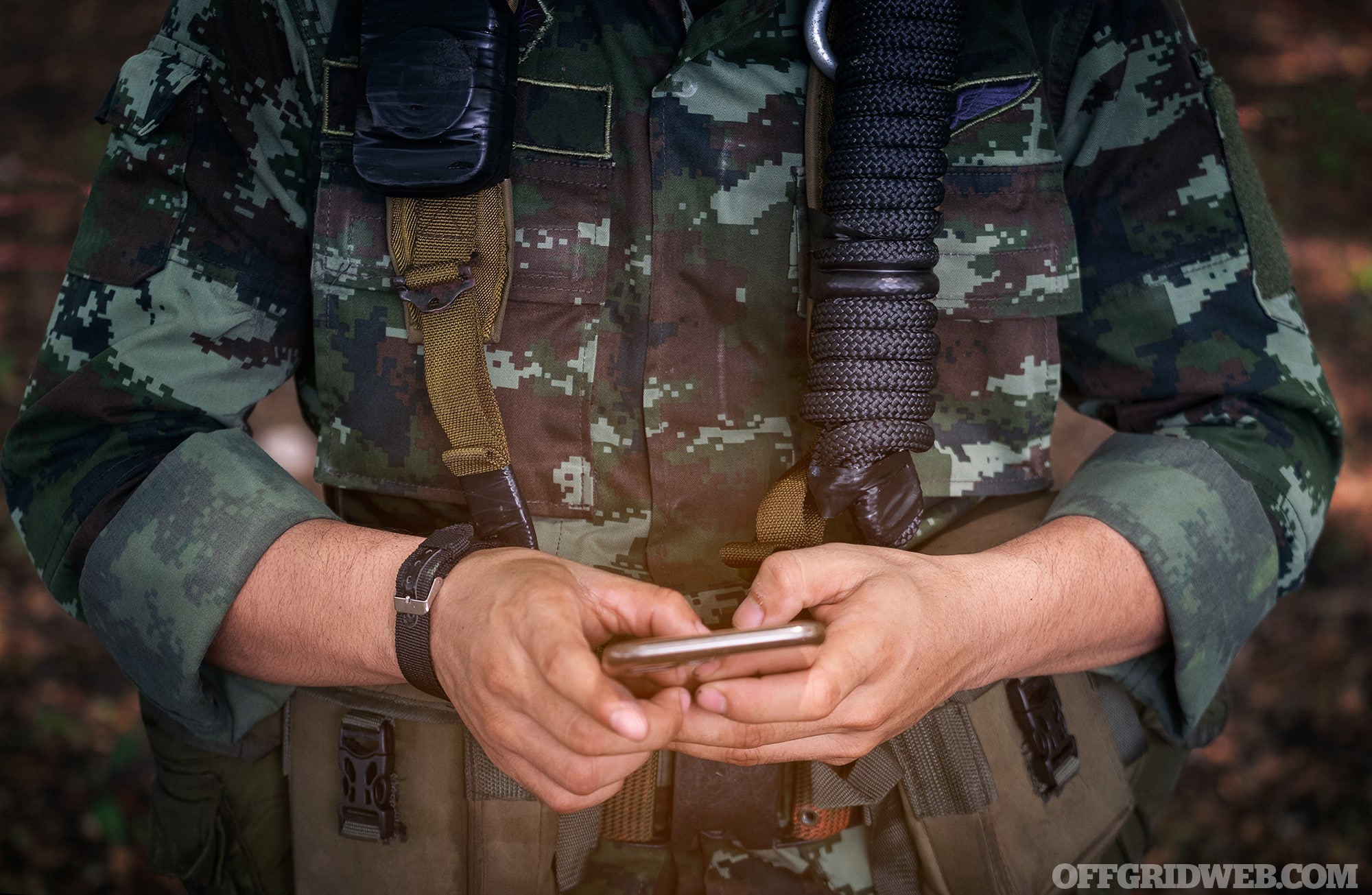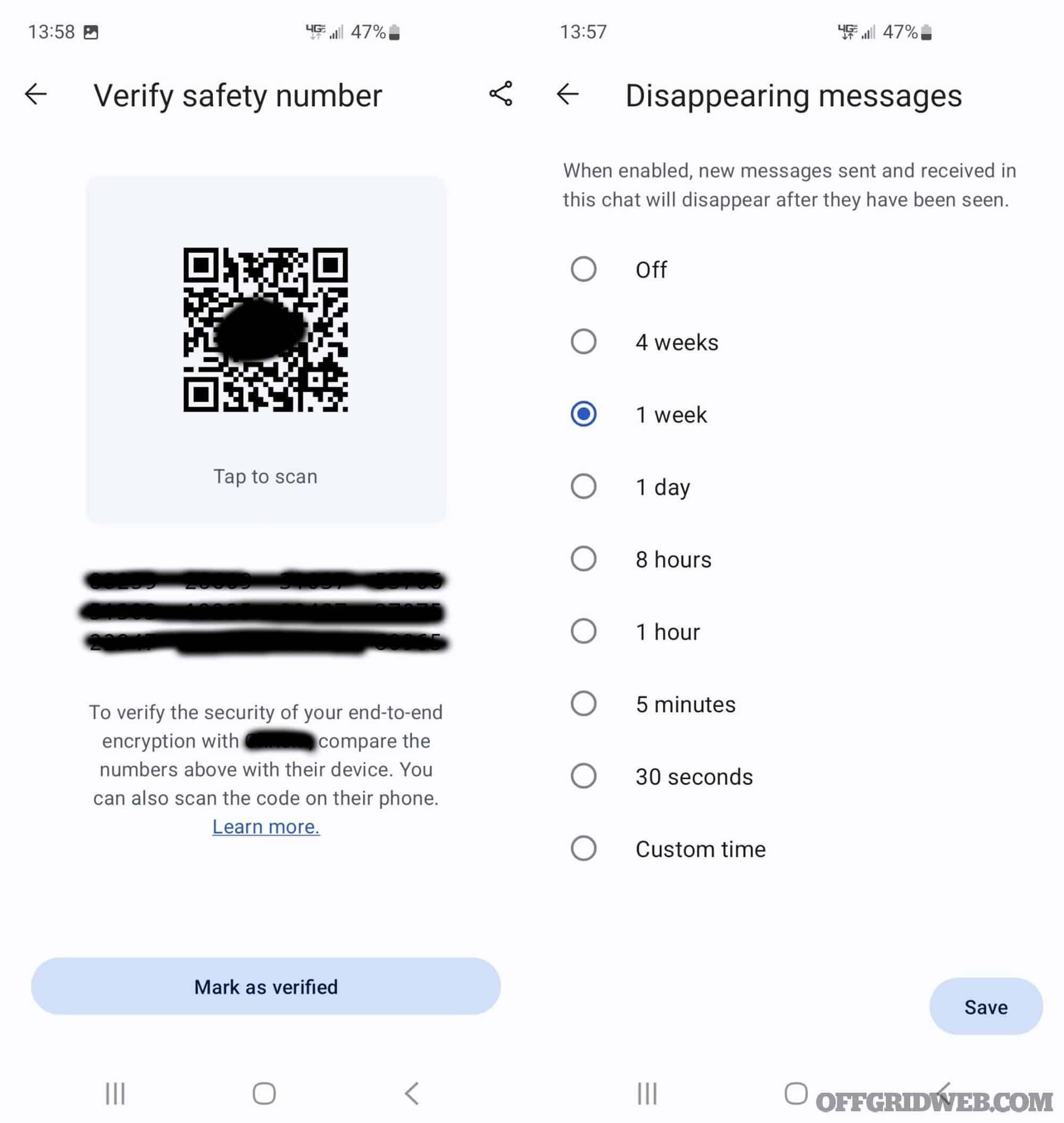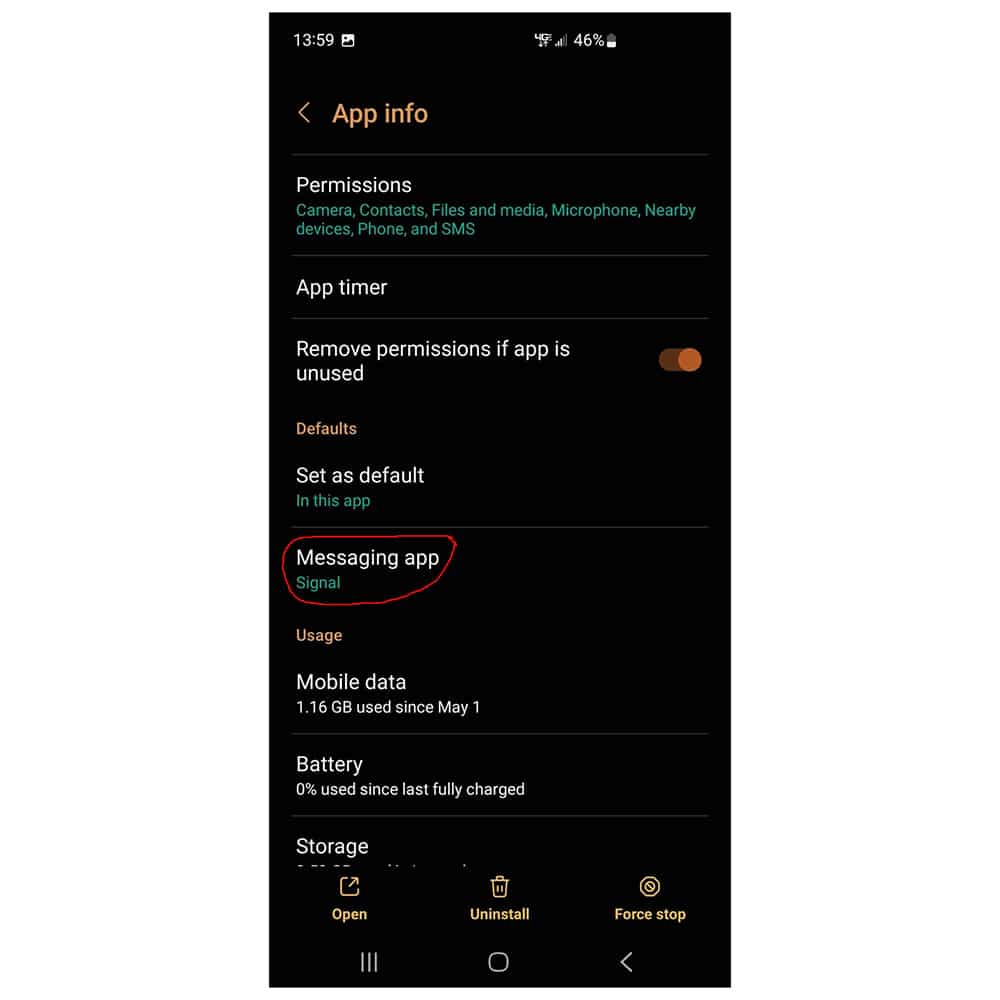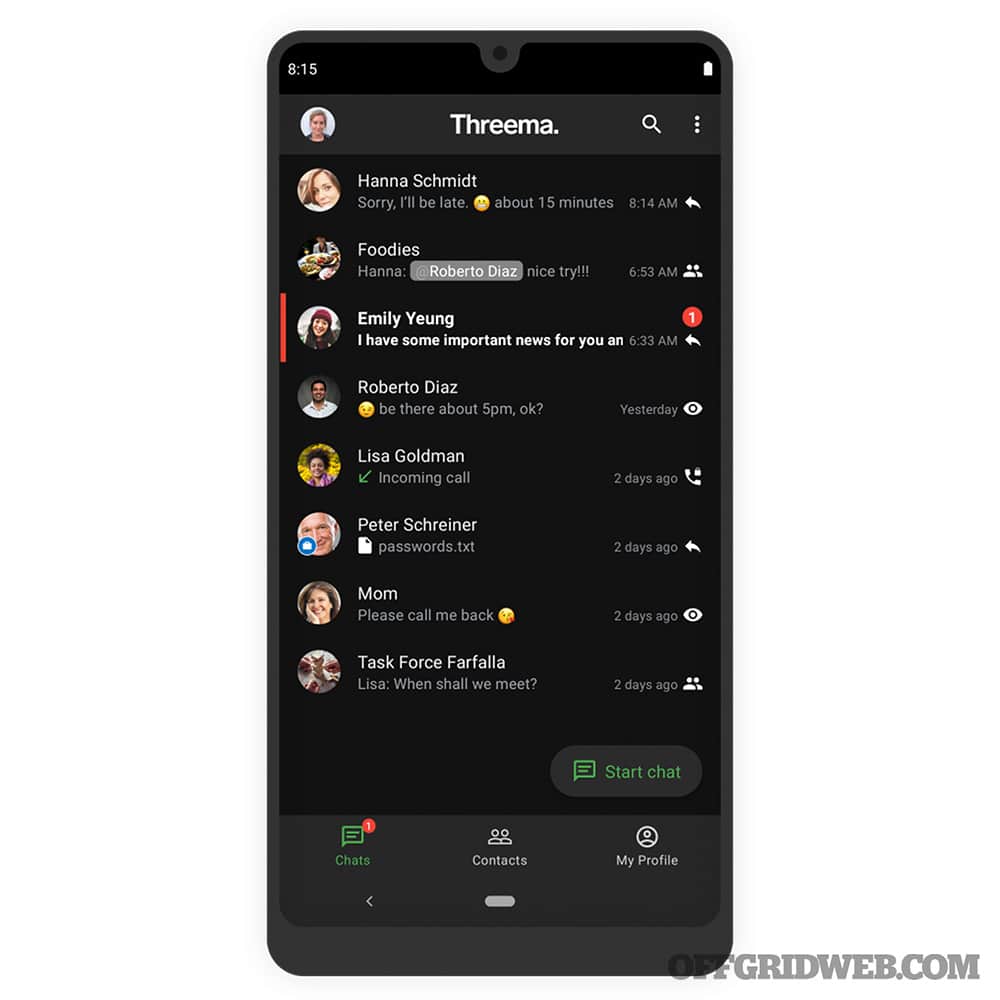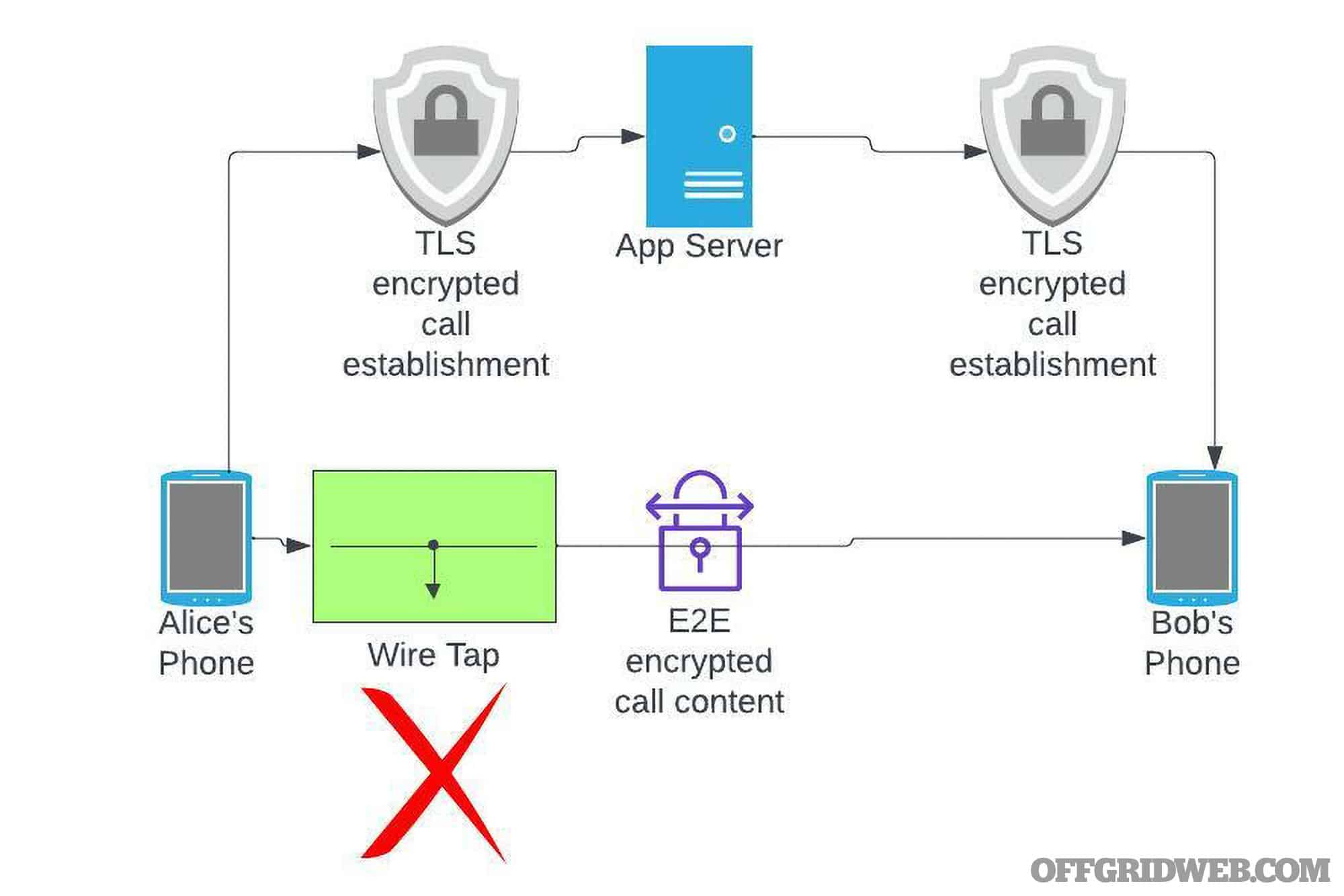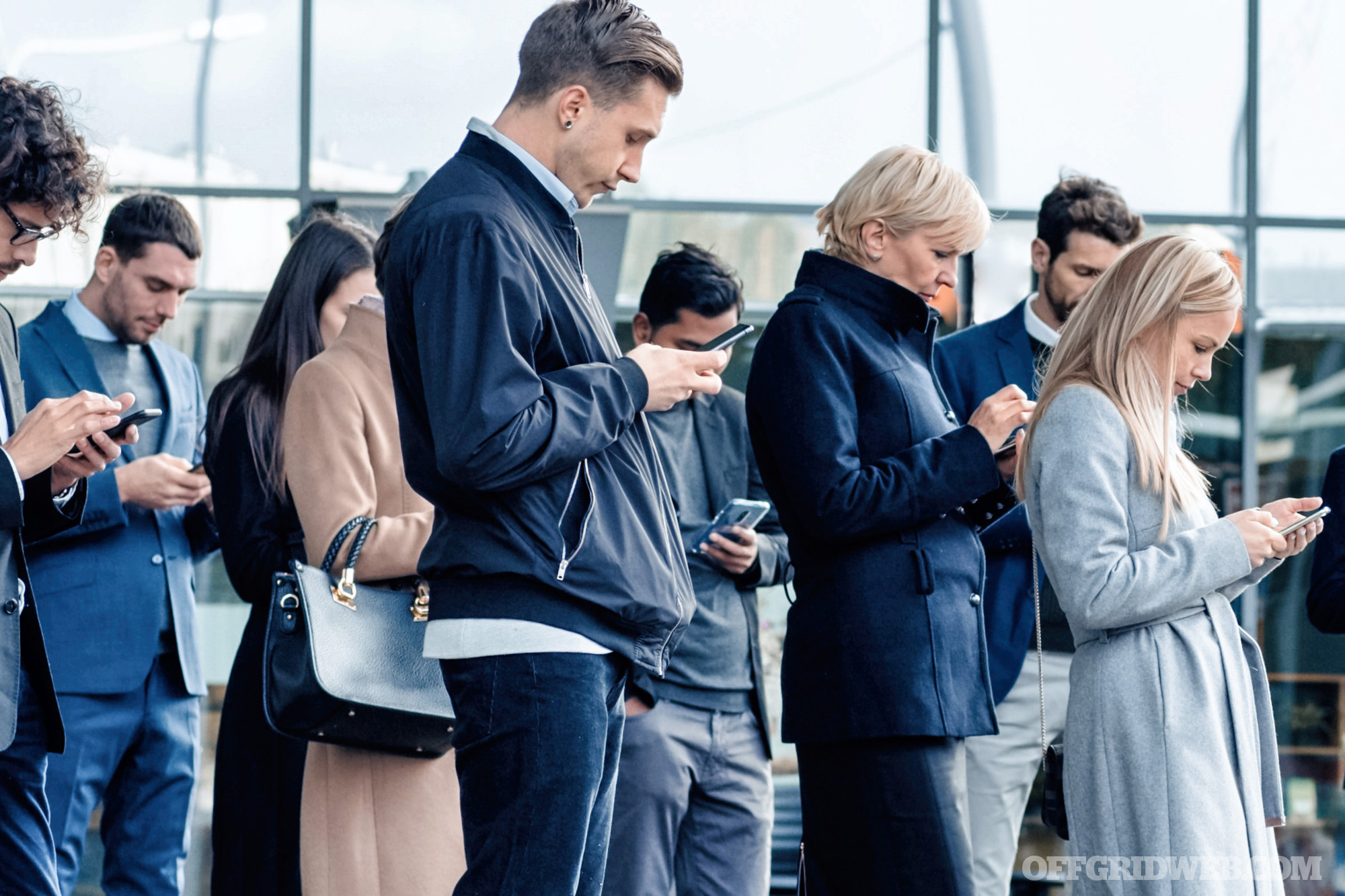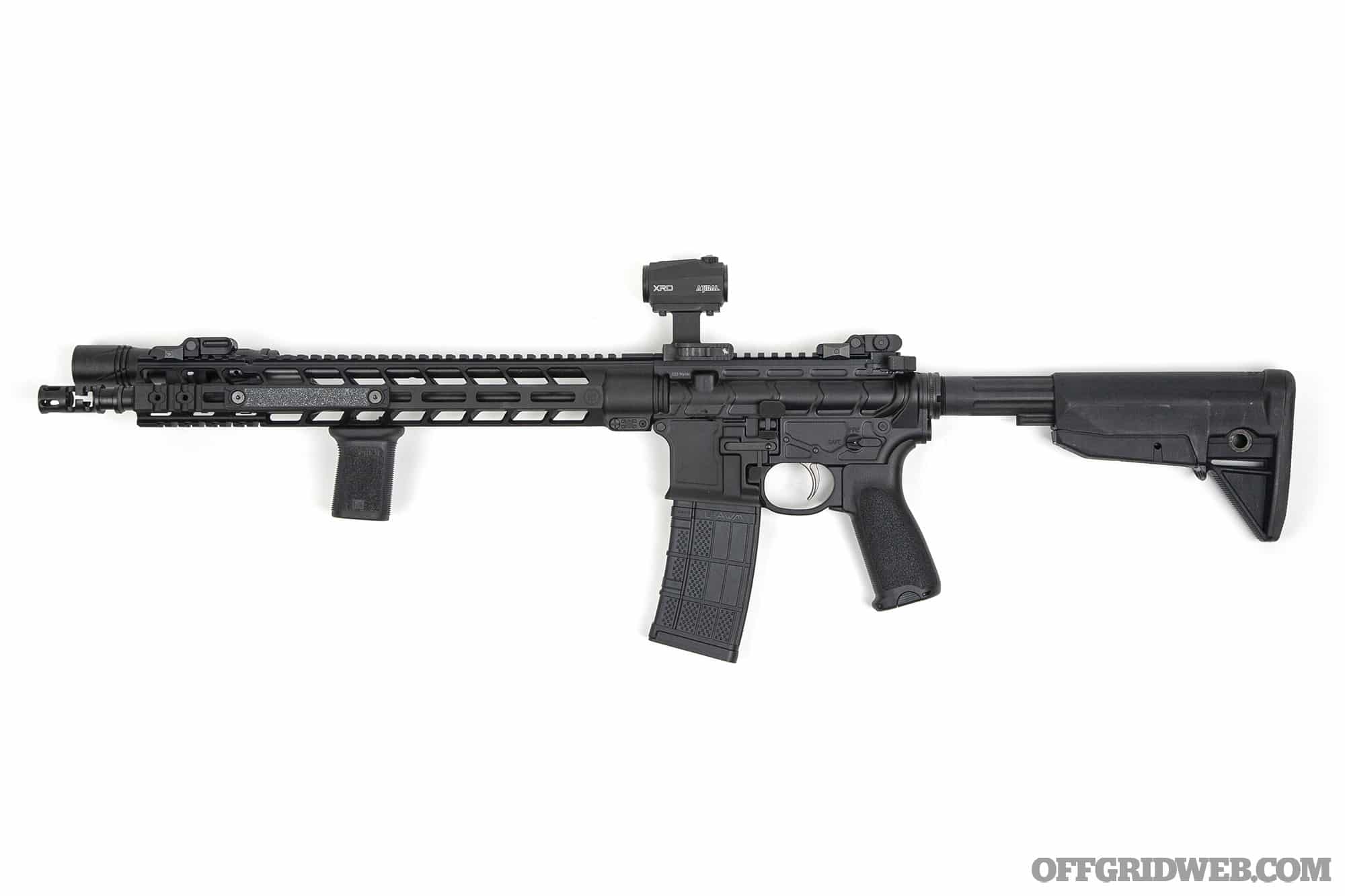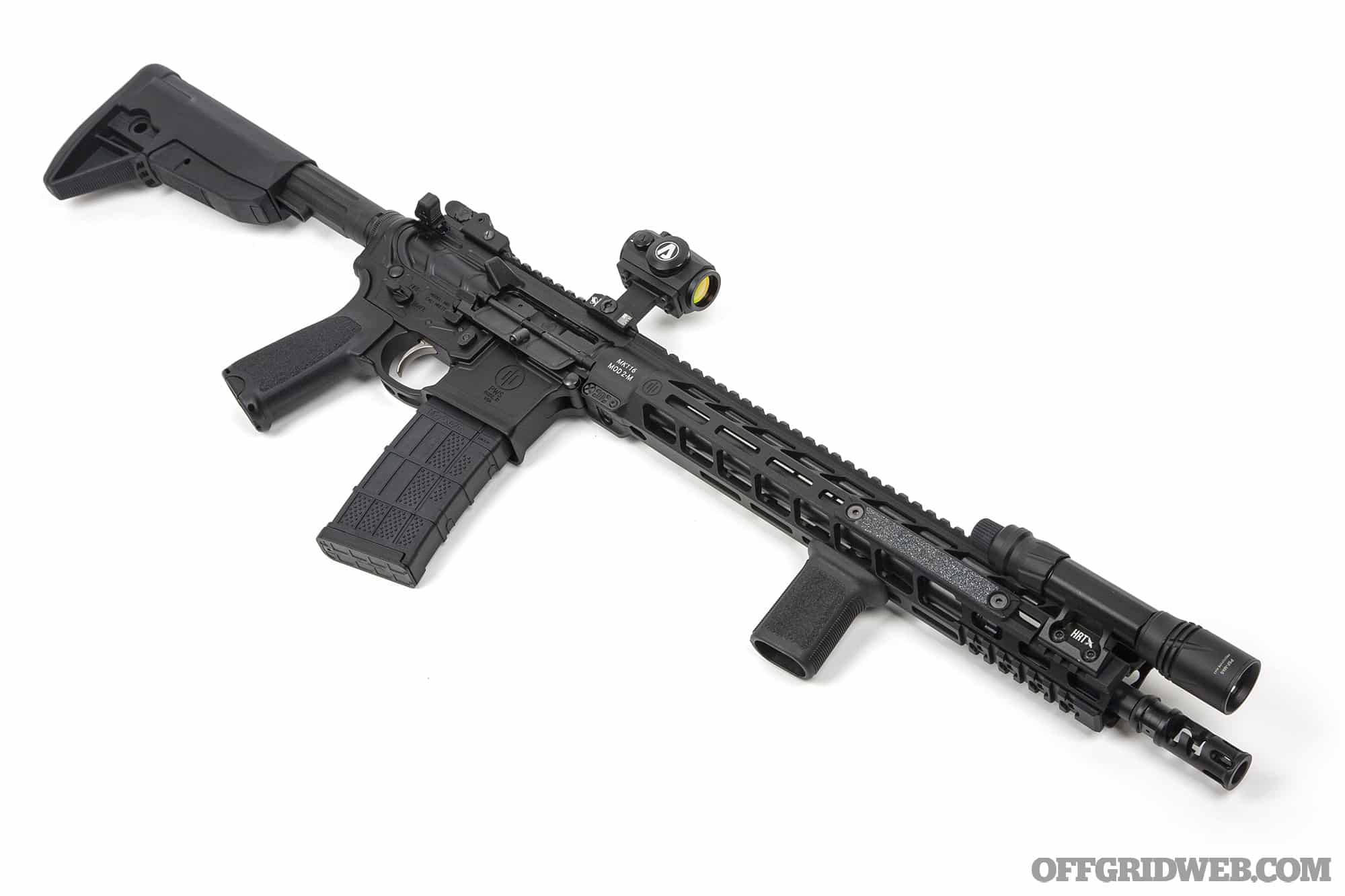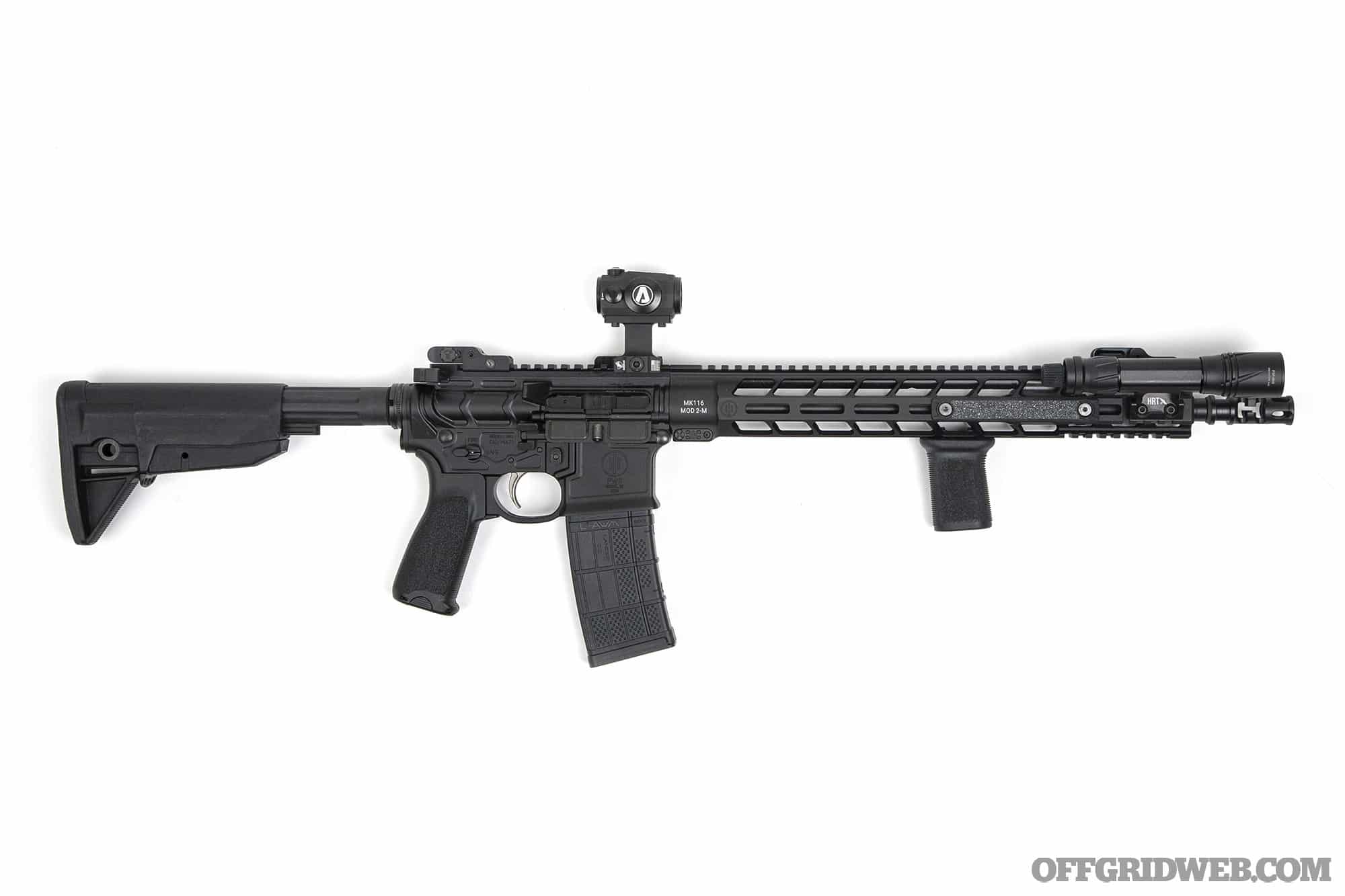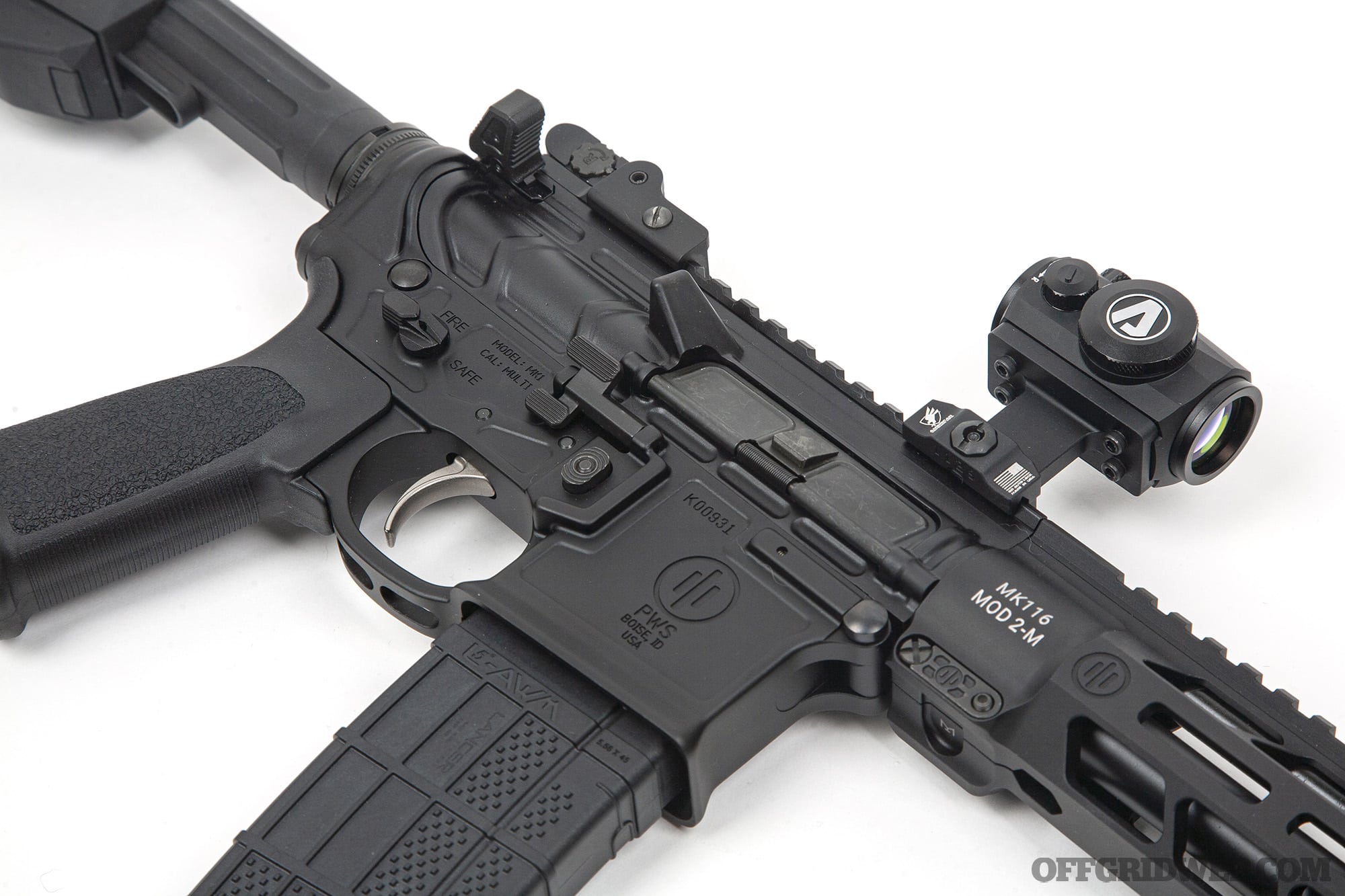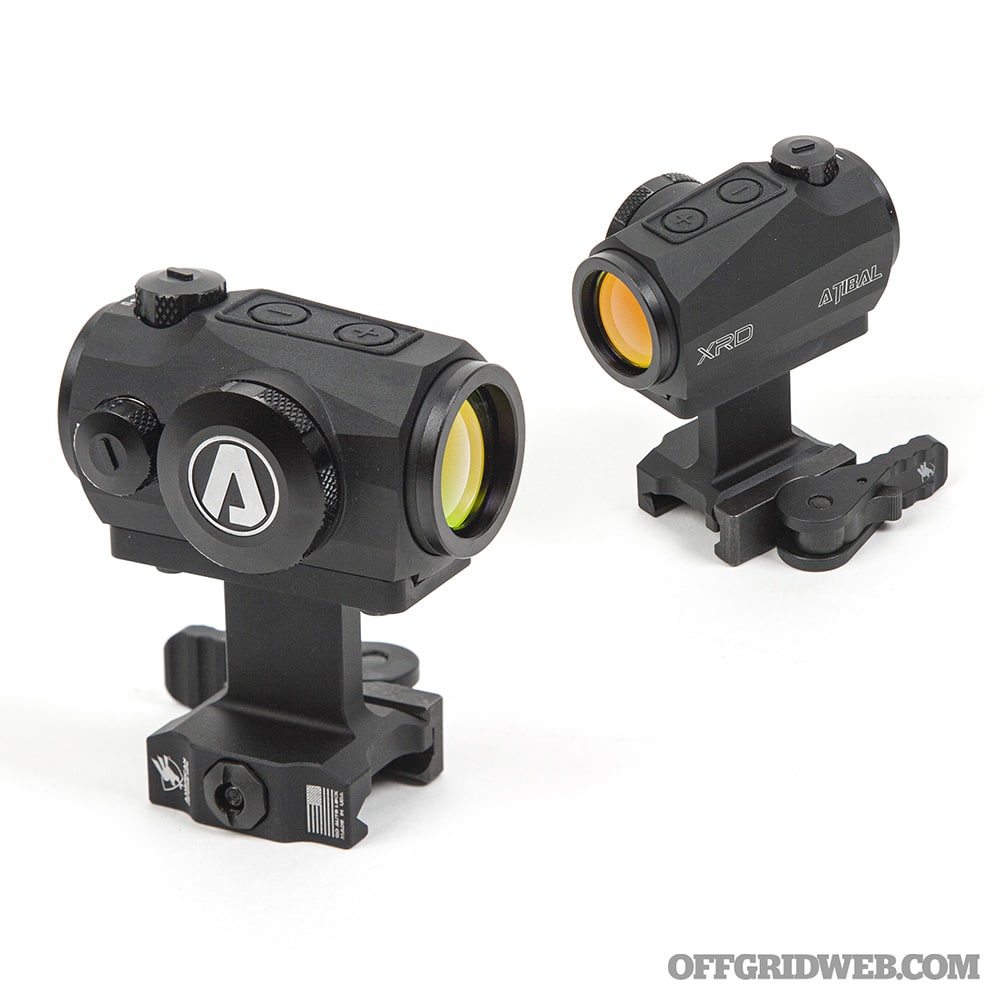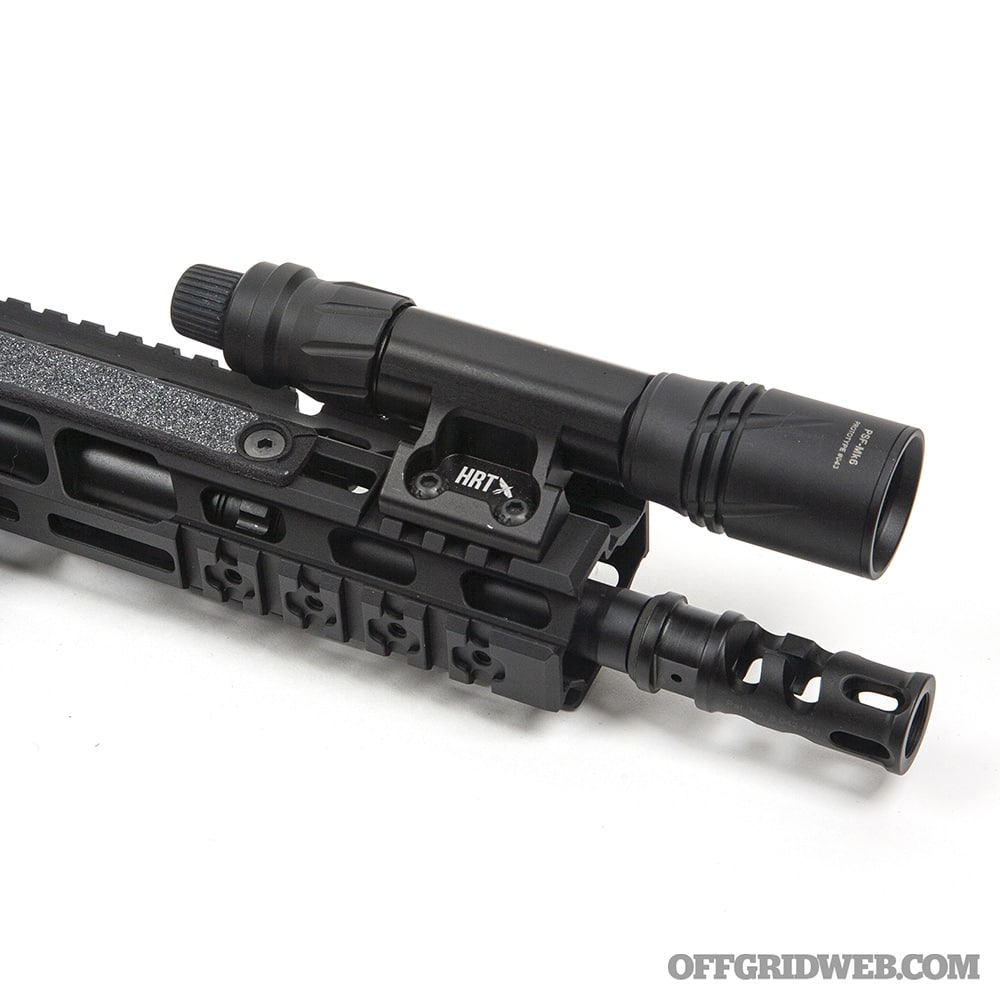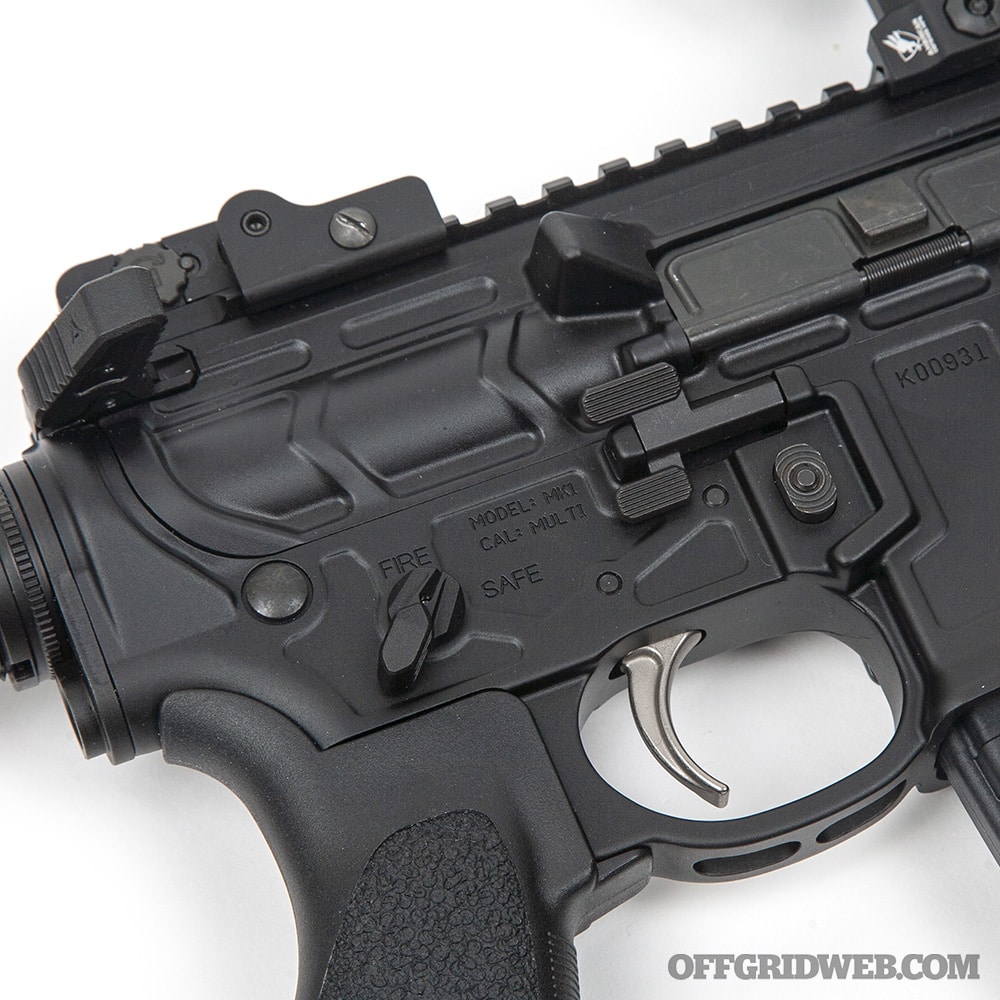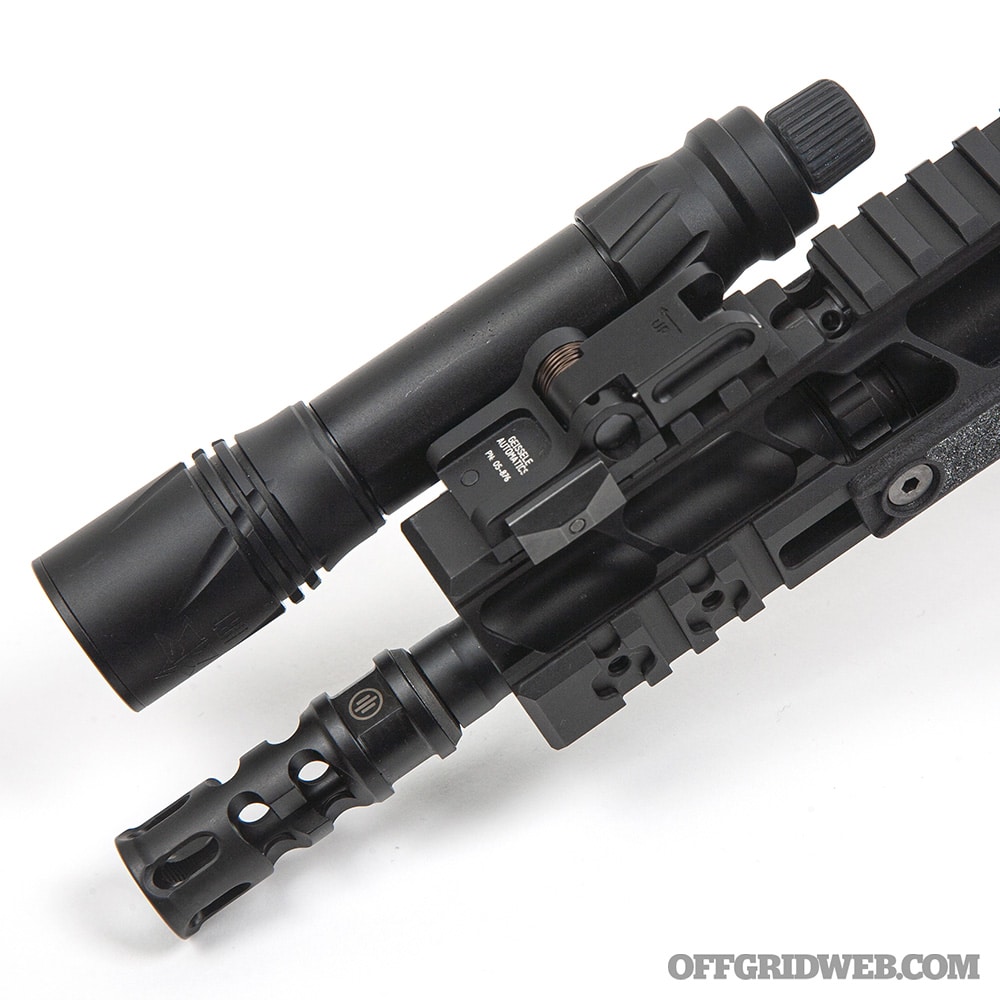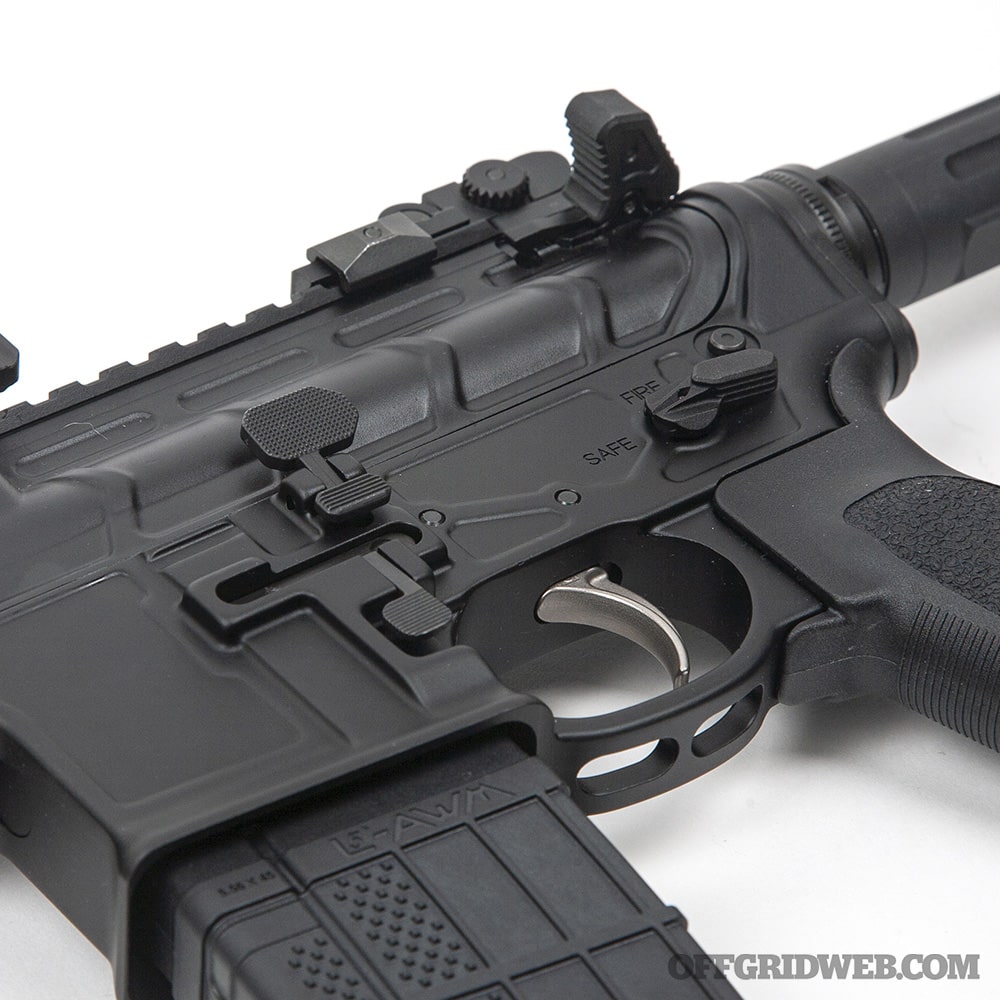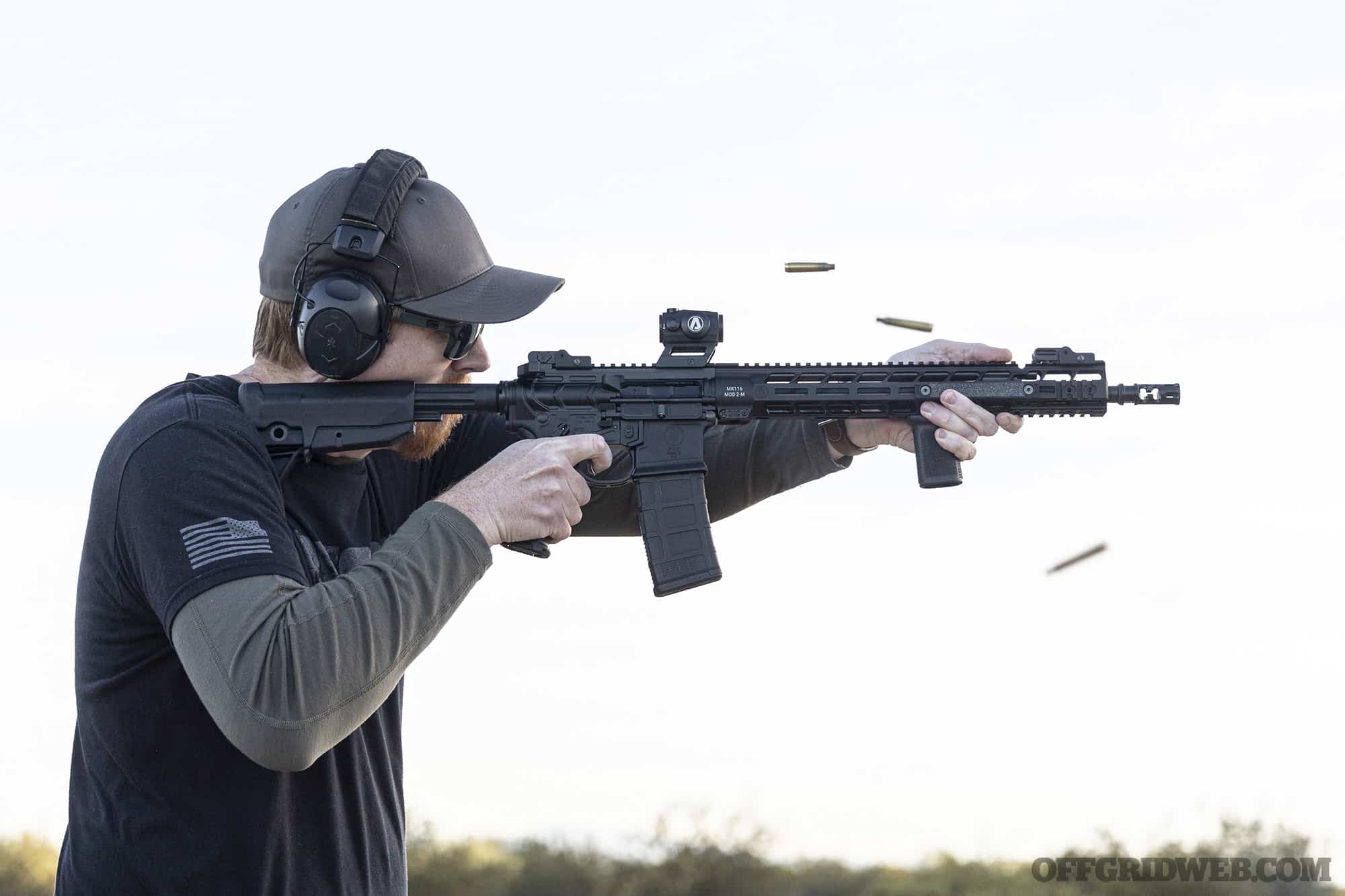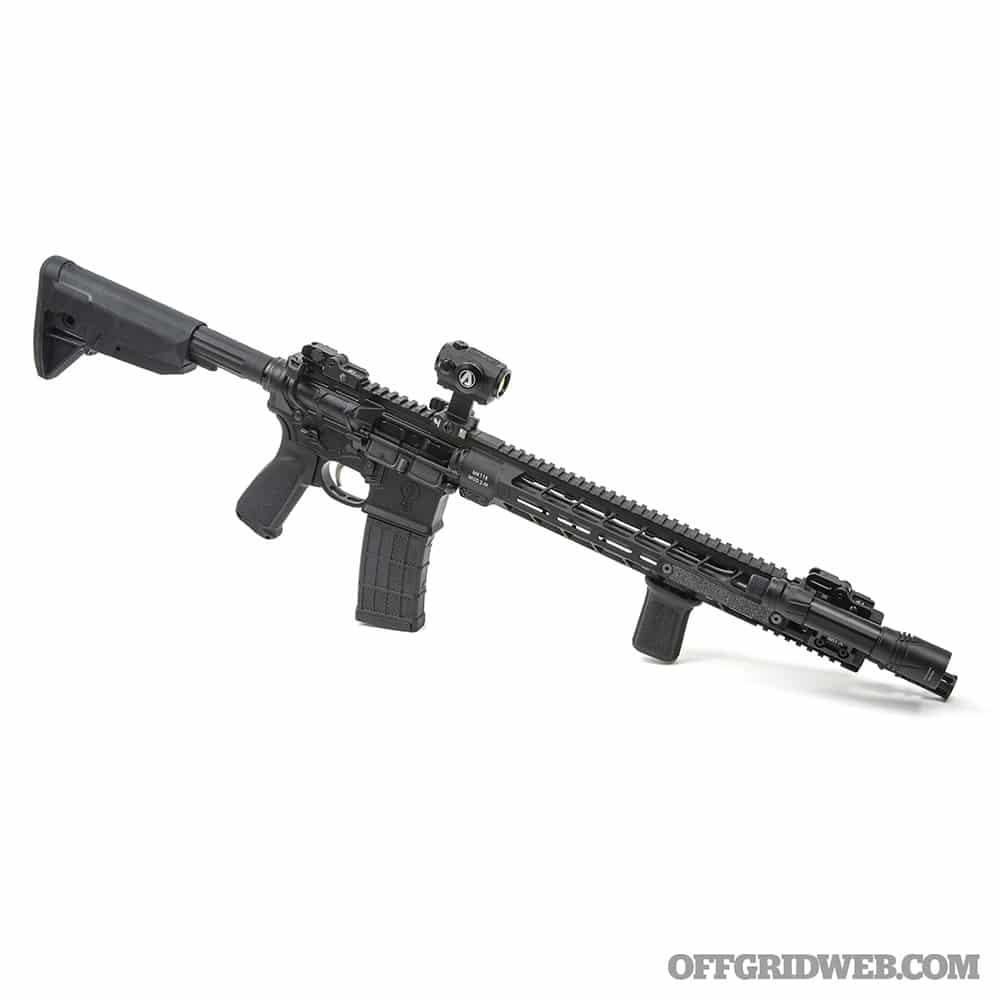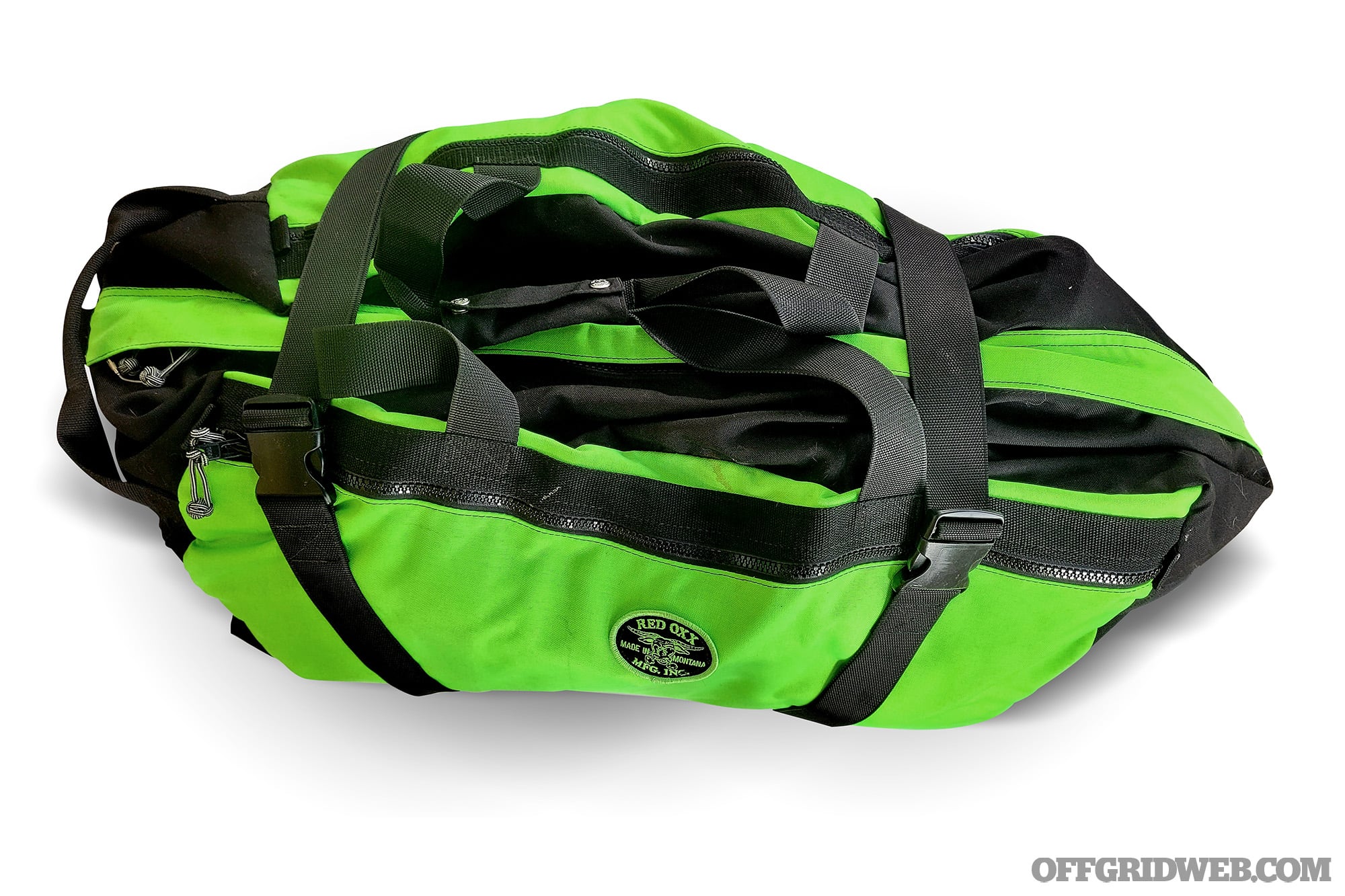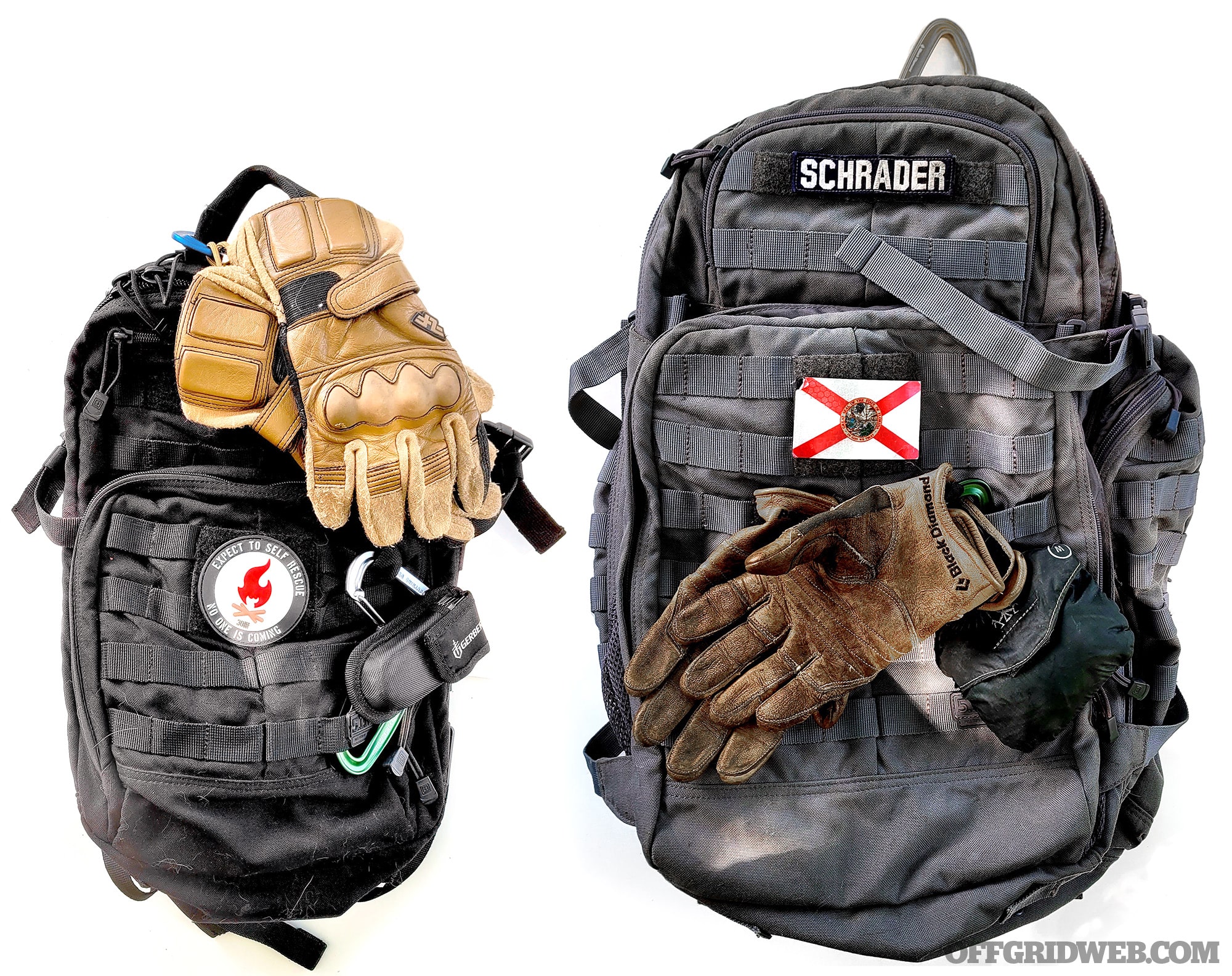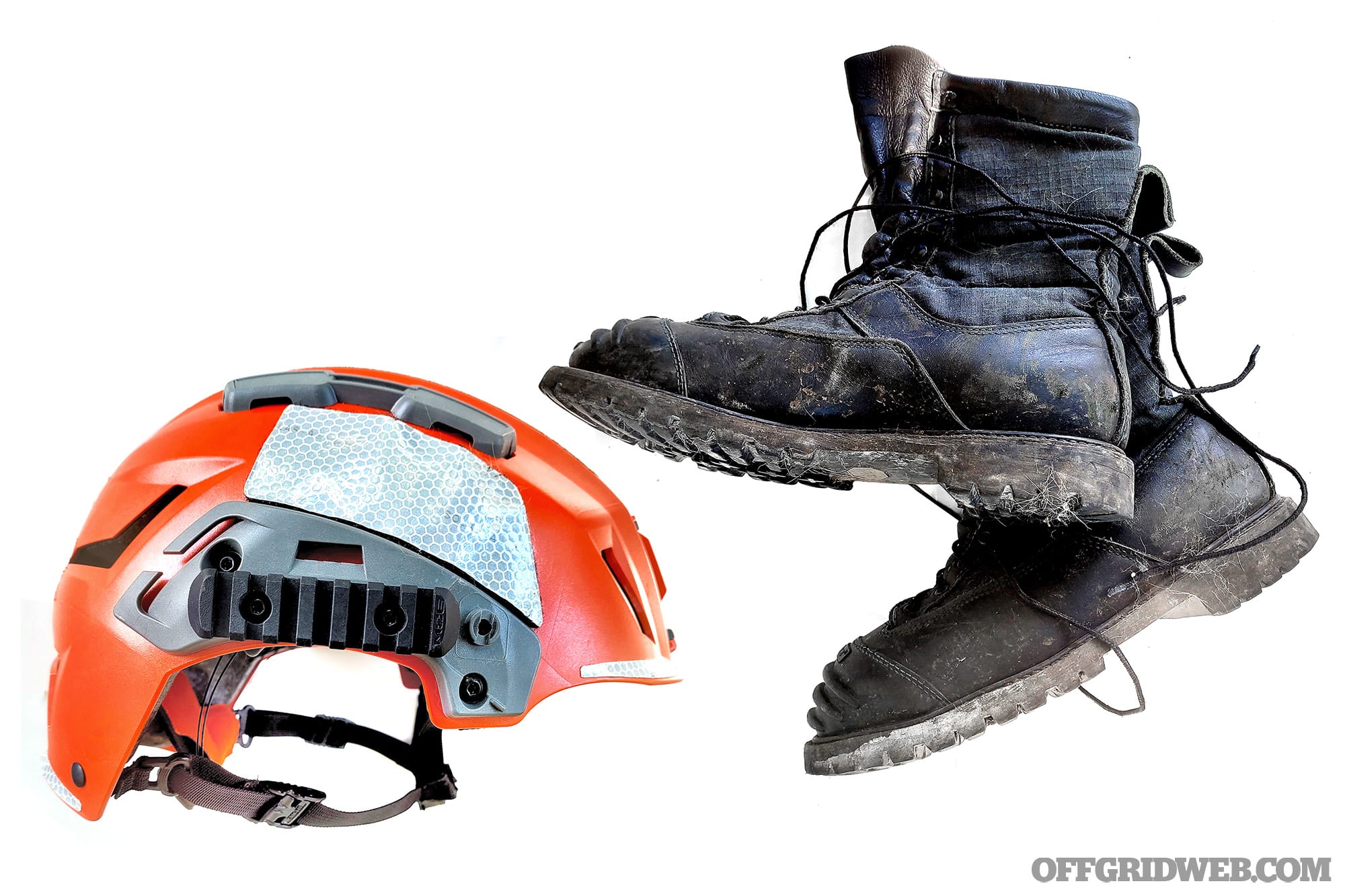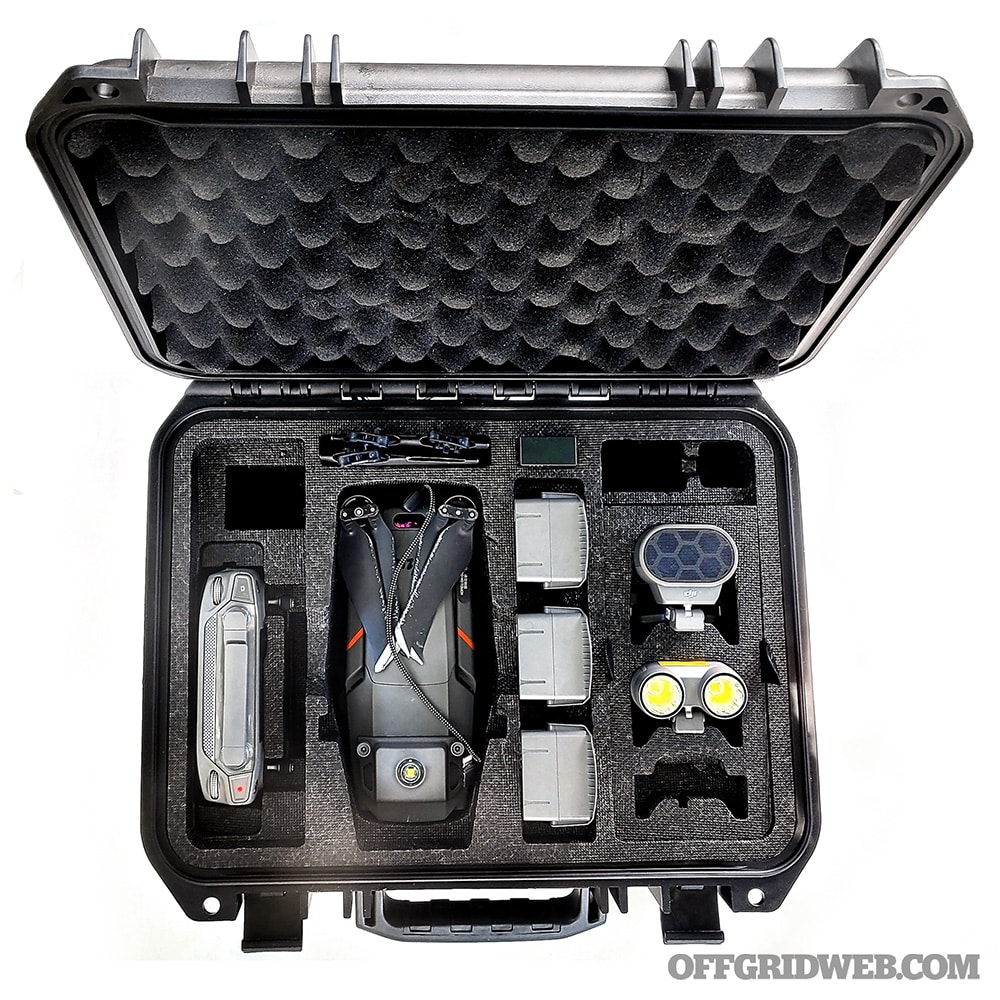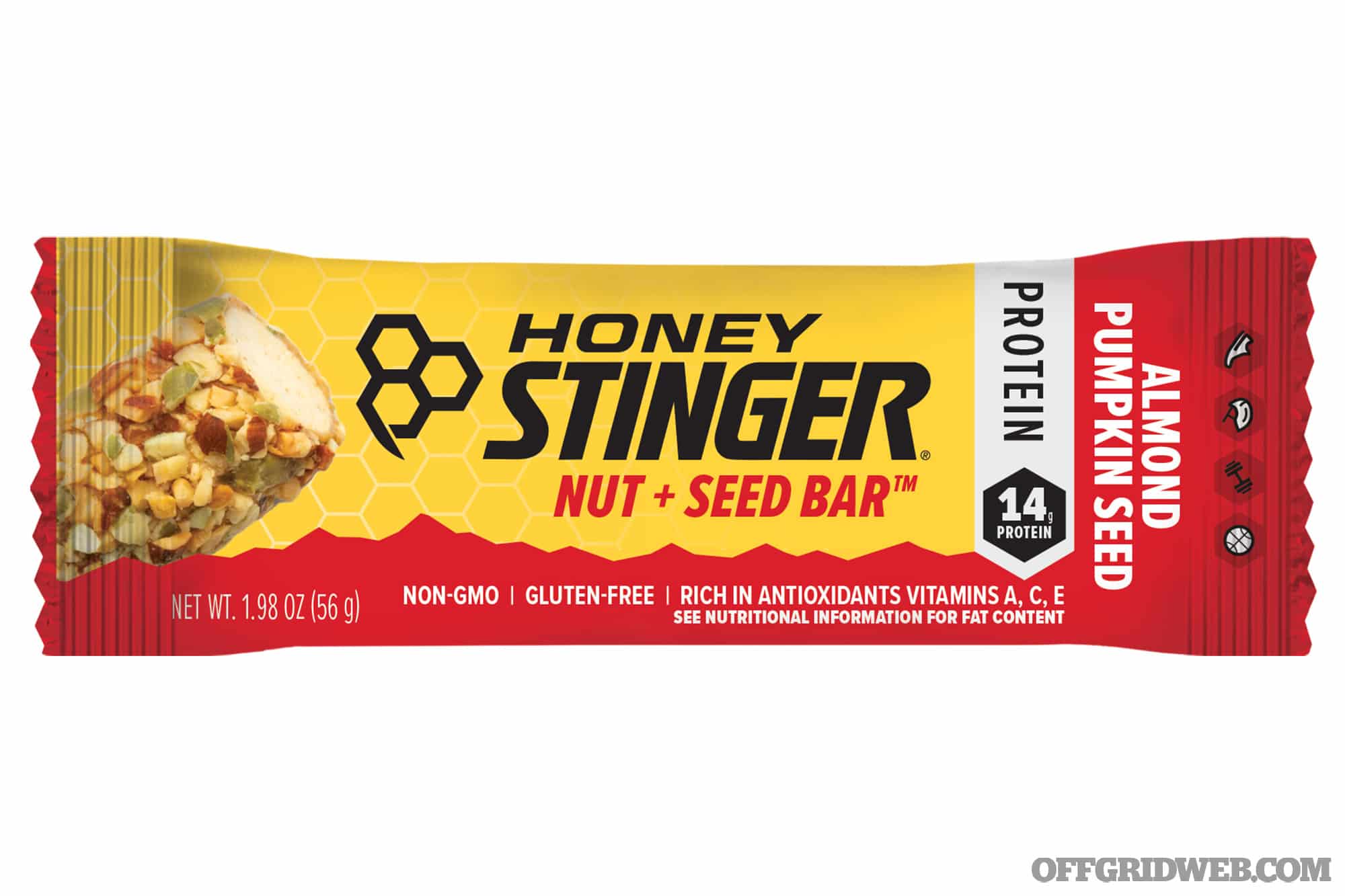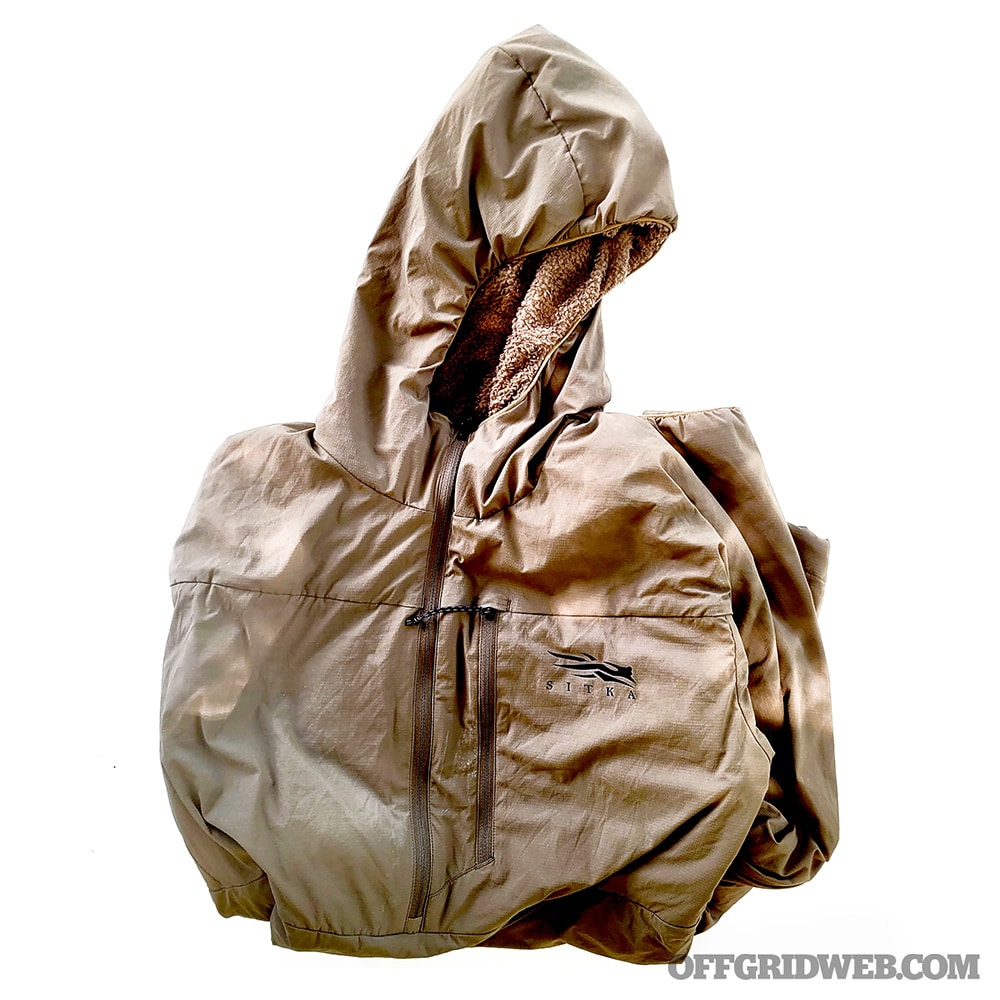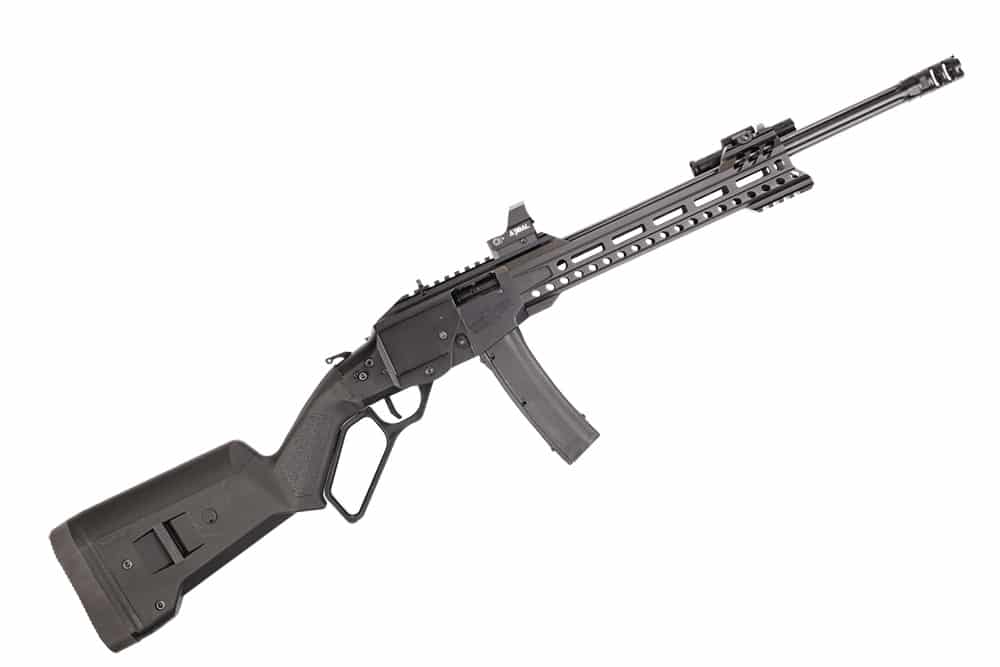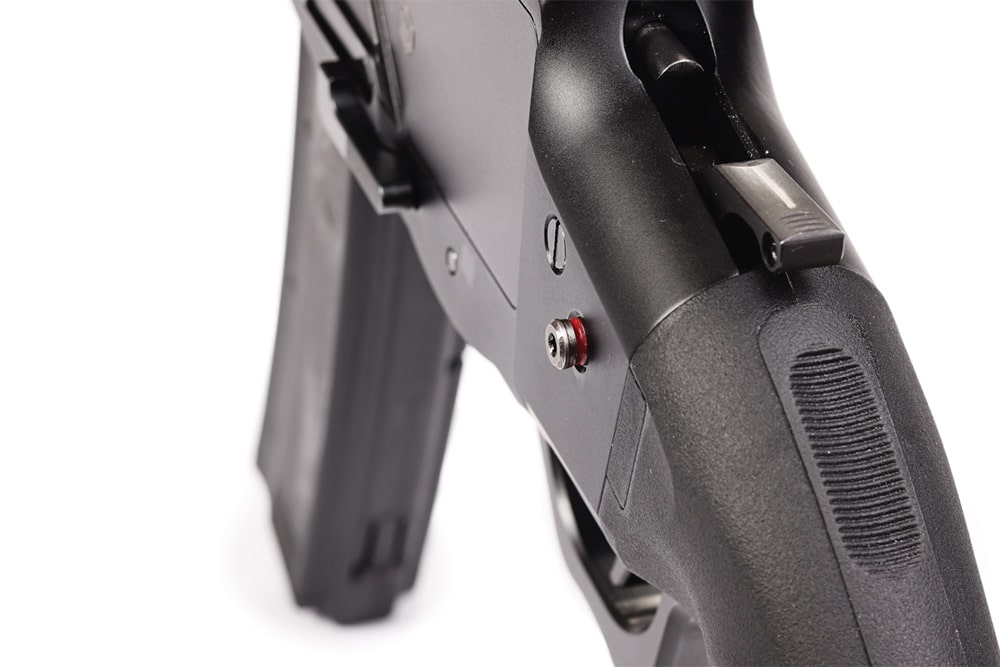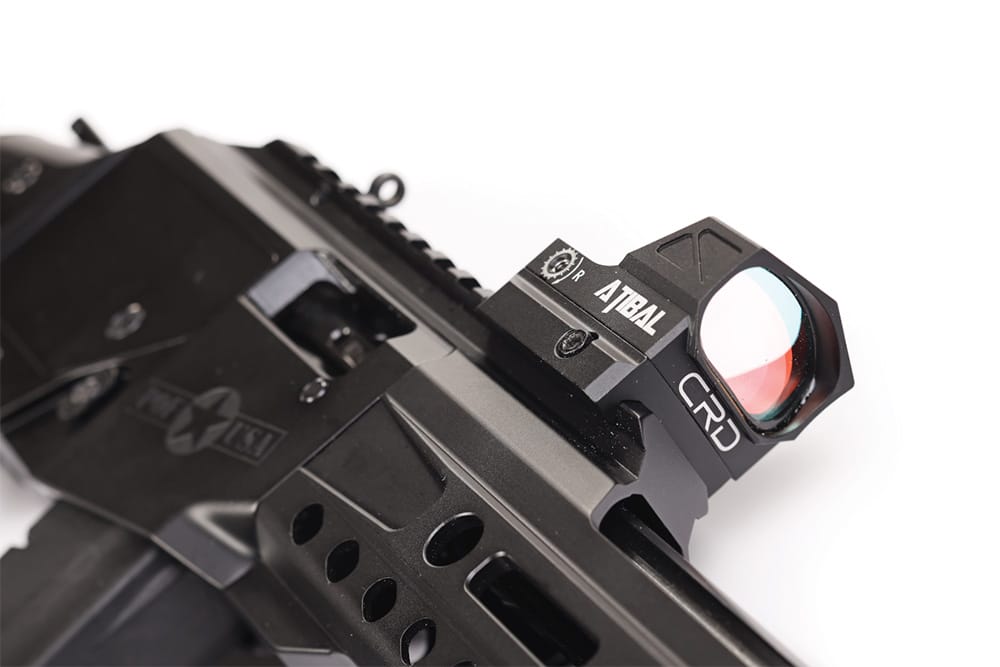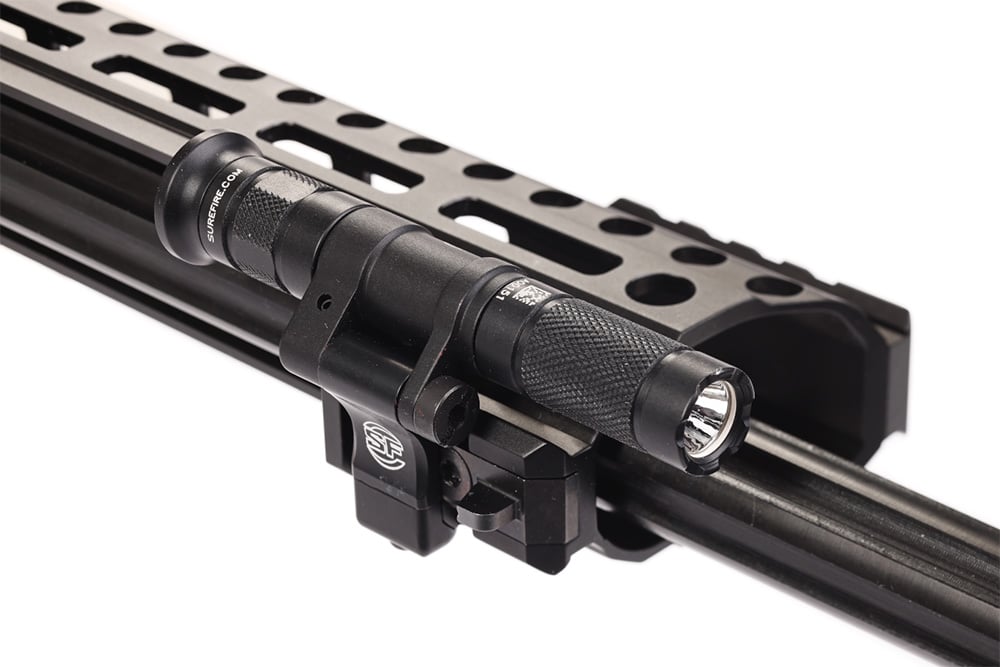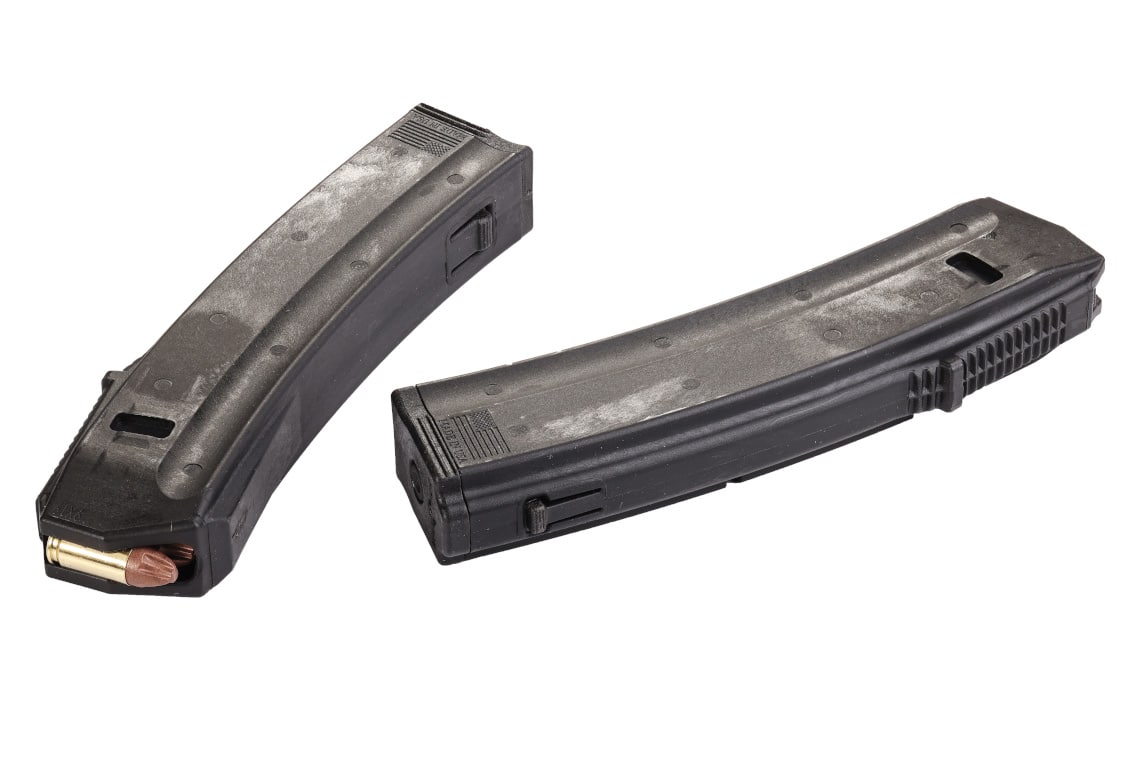In This Article
Overland travel, or overlanding, is a topic that has seen a surge in interest lately. It relates to many of the preparedness skills we're passionate about — land navigation, communications, vehicle recovery, water purification, and so on — while also being a fun activity for the whole family. You can pack up your vehicle and head out to explore the wilderness for a weekend, developing preparedness experience and getting to know your surrounding environment better. Like hunting and camping, overlanding is both a hobby and a means of developing skills that could apply to real emergencies. This realization motivated us to start our 4Runner project and learn more about overlanding.
While reading about the topic, we came across XOverland (a.k.a. Expedition Overland or XO), a team that has built nearly two dozen vehicles and tested them on a variety of challenging adventures around the world. We spoke with the founders, Clay and Rachelle Croft, about lessons learned on their travels from the desert roads of Baja California to the icy trails of Scandinavia. Read on for some of their insights on trucks, gear, and valuable skills.
Our Interview with the XOverland Founders
Above: Clay and Rachelle with one of their three sons. The whole family usually goes on these expeditions, including their canine mascot Piper.
Tell us about how you first got into overlanding. Was there one specific moment that sparked your interest, or was it more of a gradual process?
Clay: When I was younger, I fostered the love of the backcountry through years spent mountaineering. When I got married and had children, I started to take small adventures from my truck. After that, two things happened. I found the series Long Way Round and thought to myself, “How cool would it be to travel around the world doing that?” At the same time, I came across Overland Journal and realized there was a whole lifestyle of traveling by vehicle throughout the world. I was hooked.
Rachelle: I learned about overlanding from Clay and Long Way Round, which we watched together. We’d go out on day drives in the truck and started making memories.
Overlanding is a complex term that shares elements with off-roading, camping, RVing, and various survival skill sets. How would you define overlanding?
We spent a lot of time talking about this recently and wrote a blog post on our site about it. Here’s XOverland’s definition of overlanding:
“Overlanding describes self-reliant adventure travel to remote destinations where the journey is the primary goal. Typically, but not exclusively, accommodated by mechanized off-highway capable transport (from bicycles to trucks) where the principal form of lodging is camping; often lasting for extended lengths of time (months to years) and often spanning international boundaries.”
How did your family hobby evolve into a full-time job with a larger cast and crew?
Cinematography was my job, Overlanding was my passion, and I somehow found a way to incorporate the two. We saw an opportunity where the two overlapped, so we went for it and never looked back.
We enjoy the way your cinematography helps us feel like we’re with you on your journeys, but we know it must take a lot of work behind the scenes. What are some of the challenges of filming your own adventures?
The challenge is being present in the moment while having the presence of mind to recognize where you are in the story of the journey.
You’ve called your vehicles other members of the cast. How many have you built, and how has each build influenced the next?
As Expedition Overland, we have built twenty-three trucks of various degrees of complexity. We use each one as a forging process to improve the next. Earlier trucks did the job, but were often inefficient or had too much redundancy within the fleet, or lacked proper organization.
In your opinion, what makes a great platform for an overland vehicle? What characteristics do you look for when purchasing a new rig?
A great platform includes the following: 4WD, high reliability, and the ability to maximize livability for your offroad desires.
Is it still possible to get into overlanding with a vehicle that’s not a purpose-built off-roader — for example, a two-wheel-drive truck or an all-wheel-drive crossover SUV? What are the pros and cons of starting with such a vehicle?
Absolutely. People have traveled around the world in a British taxicab and had an amazing experience while doing it. It all depends on the type of travel you’re interested in and the destinations that are on your list. If a Crossover SUV will take you to the places you want to go to in the world, then you should go on the adventure.
If you could only choose five modifications to get started on a new overland vehicle, what would they be?
Clay: Tires, Suspension, Refrigerator, Live-In Camper, and a Long Range Fuel Tank.
Rachelle: Tires, Suspension, Refrigerator, Rooftop Tent, and a Bumper.
What are a few items you’d recommend everyone carry in their vehicle, whether they’re hitting the trails or just commuting to work?
Med kit suitable for the family, a “get home” bag, and a self defense item. I personally like my Sig P365 Spectre for my everyday carry. I also really love my Shield Arms SA-15 300 BLK pistol with integrated folding brace and SureFire Suppressor, Surefire Mini Scout Weapon Light, and Vortex Red Dot.
We all know that quality gear can make adventures easier, but experience and skills are what matter most in the end. What skill sets — such as vehicle recovery or repair, land navigation, route planning, medical, and so on — have you found most useful while overlanding, and why?
Medical training, first and foremost, is the most important skill we utilize. More often, you will have the opportunity to help other people instead of yourself.
The next skill we at XOverland use the most is recovery. Driving is the most dangerous thing we do on a daily basis and having recovery skills at the ever-ready has proven essential many times.
Third, overland travel logistics are extremely useful when overlanding. Overland travel logistics include things like (but not limited to): when to get food, when to get fuel, how far to go, should you drive at night, what do the borders look like, etc.
Another essential skill is self-defense. Take a self-defense class; you’ll be better prepared in everything you do.
What’s one especially challenging situation you’ve encountered on your journeys, and what lesson did it teach you for the future?
The most challenging thing we’ve done thus far was attempting to fly across the USA in powered paragliders. It taught me to really evaluate my physical capabilities and my actual skill set in a real way. I got my butt kicked due to overestimation of my physical and mental capabilities, which forced me to audit myself. It revealed an overconfidence in my skill sets in which I've had to re-calibrate to a more realistic adventurer.
Our magazine focuses on general emergency preparedness, whether it relates to everyday carry items, your vehicle, your home, or even travel abroad. Has experience with overlanding translated to improved preparedness in other aspects of your life? How so?
Being in a state of self reliance for an extended period of time will forge anyone to be better — which translates to all other aspects of life. These areas can only be truly measured in experience, not just training alone. You just have to go out and do it.
What’s one piece of overlanding advice you’d give to anyone who’s just getting started?
Rachelle: Take what you have in your driveway. Start by doing smaller trips. You don’t have to have “all the things” before you go. Embrace the problem solving opportunities along the way.
Clay: Begin your travels today, but be smart about it. Make the travel the priority, then the equipment – because the travel will eventually dictate the equipment. Enjoy the process! It’s fun the whole way, from beginner to advanced.
Watch XOverland's Nordic Series Expedition
XOverland's latest adventure video series is now available for streaming through Overlander Network. The team traveled through mountainous terrain in Norway, Sweden, Finland, the Faroe Islands, and Iceland in their custom Toyota 4Runner, Tacoma, and Tundra. Check out the trailer below:
For more information about the Croft family's latest overland adventures and vehicle builds, go to xoverland.com.

